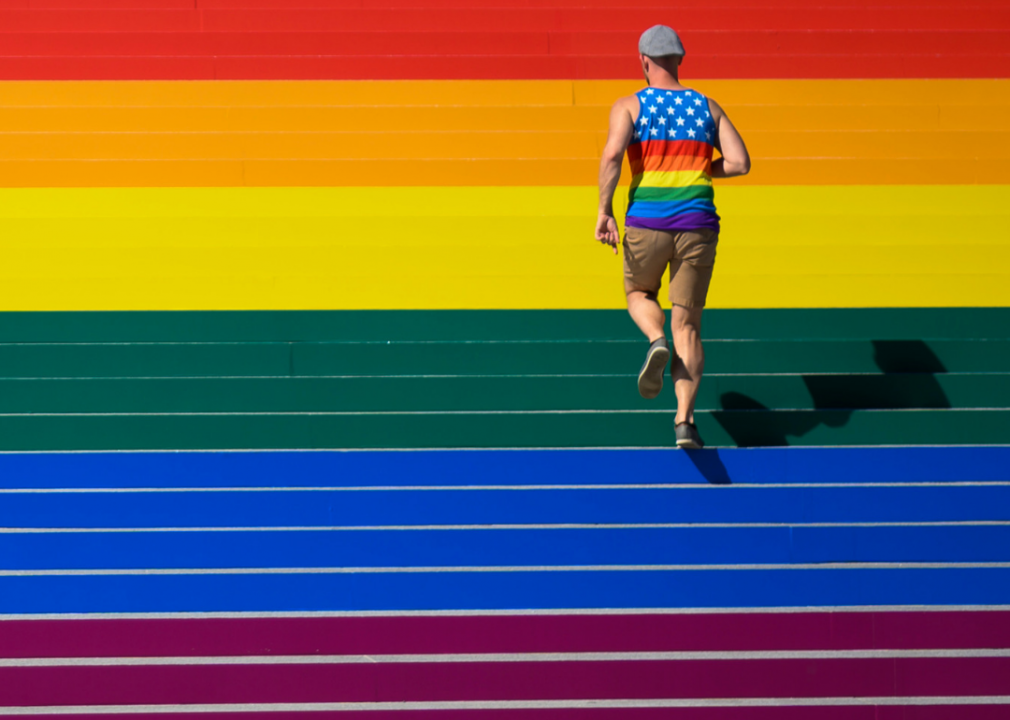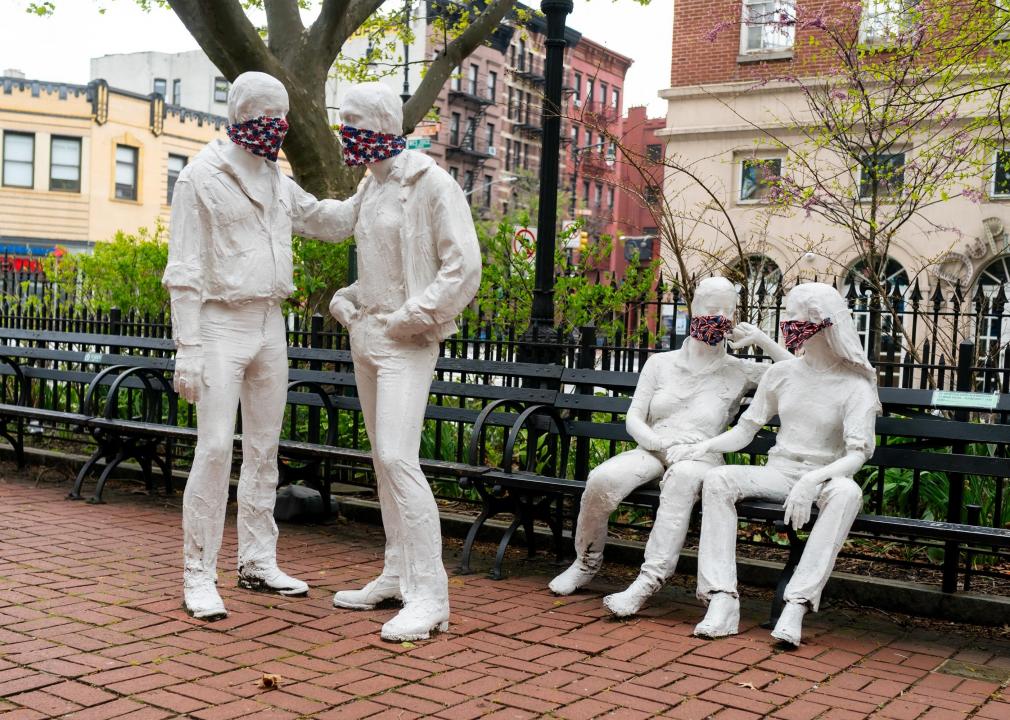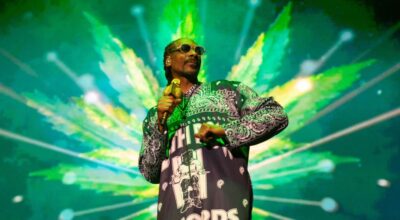From Stonewall to today: 50+ years of modern LGBTQ+ history
Published 4:00 am Thursday, October 21, 2021
JOHANNES EISELE/AFP // Getty Images
From Stonewall to today: 50+ years of modern LGBTQ+ history
In the early hours of June 28, 1969, the New York Police Department unwittingly helped start the modern LGBTQ+ rights movement. At the time, clubs with gay or lesbian patrons weren’t allowed to serve alcohol, but the Stonewall Inn still served booze to their customers, which gave police cause to raid the bar. The clientele pushed back, and 13 people were arrested. LGBTQ+ people and allies protested for days. Among the crowd was transgender activist Marsha P. Johnson, who later founded Street Transgender Action Revolutionaries (STAR), an organization that provided resources for transgender youth.
After the events at Stonewall—which the NYPD eventually apologized for in 2019—more and more people pushed for LGBTQ+ equality. Activists organized the first LGBTQ+ marches in the United States and around the world, giving rise to annual pride parades. In 1973, the American Psychological Association no longer considered being gay or lesbian a mental illness, and the first openly lesbian politicians were elected in the following year. Currently, openly gay, bisexual, transgender, and queer candidates occupy political office, including in the U.S. House of Representatives and Senate. Abroad, Iceland and Ireland both have openly gay prime ministers.
There is still more to be done yet, but since then, the government has passed laws banning discrimination based on sexual orientation and the Supreme Court has legalized same-sex marriage. More than two dozen countries have passed legislation giving marriage rights to everyone.
In the military, it took decades for gay, lesbian, and bisexual service members to win the right to enlist. And it wasn’t until 2011 that LGBTQ+ troops could openly serve in the United States armed forces. While the Obama administration repealed the ban on transgender troops in 2016, former President Donald Trump effectively reinstated the ban in 2019.
To find out more about LGBTQ+ history, Stacker combed through news reports and used data from the Gay, Lesbian, Straight Education Network (GLSEN) to compile over 50 years of LGBTQ+ progress. Read on to see the evolution of this movement, from then to now.
You may also like: Looking back at 50 years of pride festivals
![]()
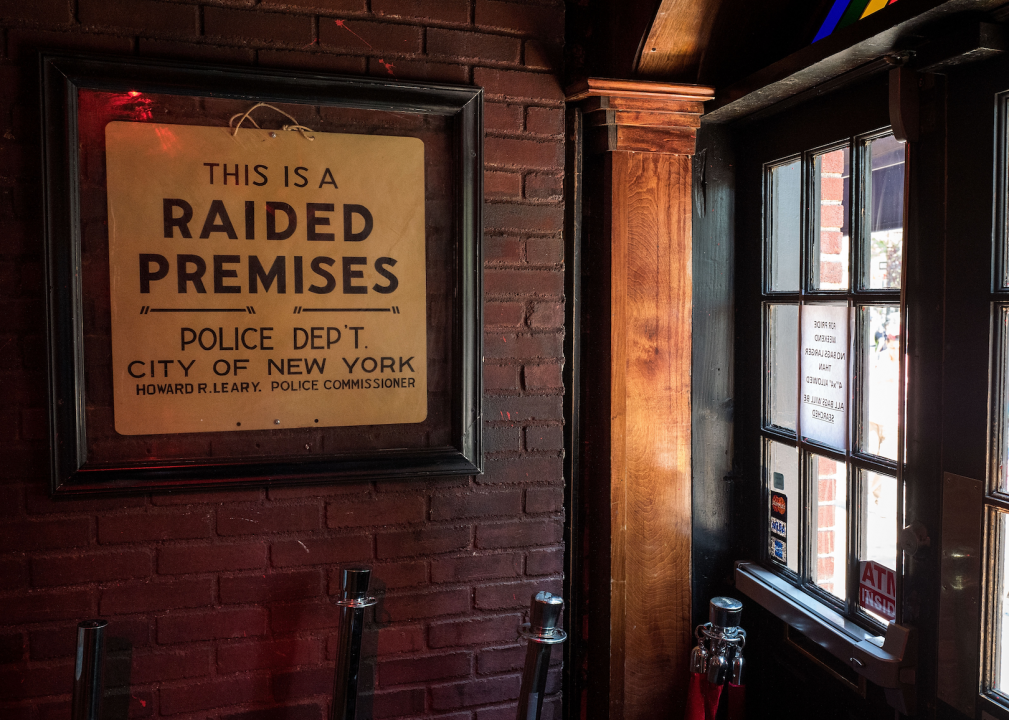
Drew Angerer // Getty Images
1969: Stonewall Riots
Anger erupted after New York City police arrested 13 people during a raid at the Stonewall Inn, a bar and safe space for the LGBTQ+ community. Advocates protested for days, even though police took action—even turning fire hoses onto the crowd. Many say the event catalyzed the modern LGBTQ+ civil rights movement.
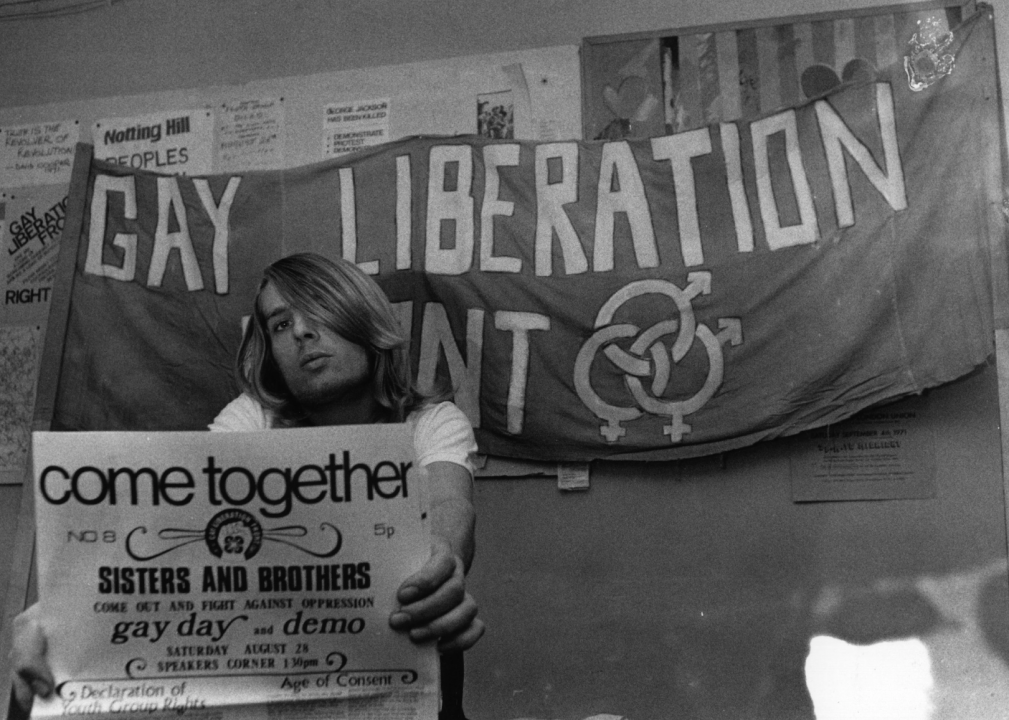
Evening Standard // Getty Images
1970: Gay Liberation Front (GLF) forms
The events of Stonewall led to the creation of the GLF, a group that organized the Christopher Street Liberation Day in New York—now considered the first pride parade. It started with only a few hundred people, but by the time the group reached Central Park, thousands were marching for LGBTQ+ equality.
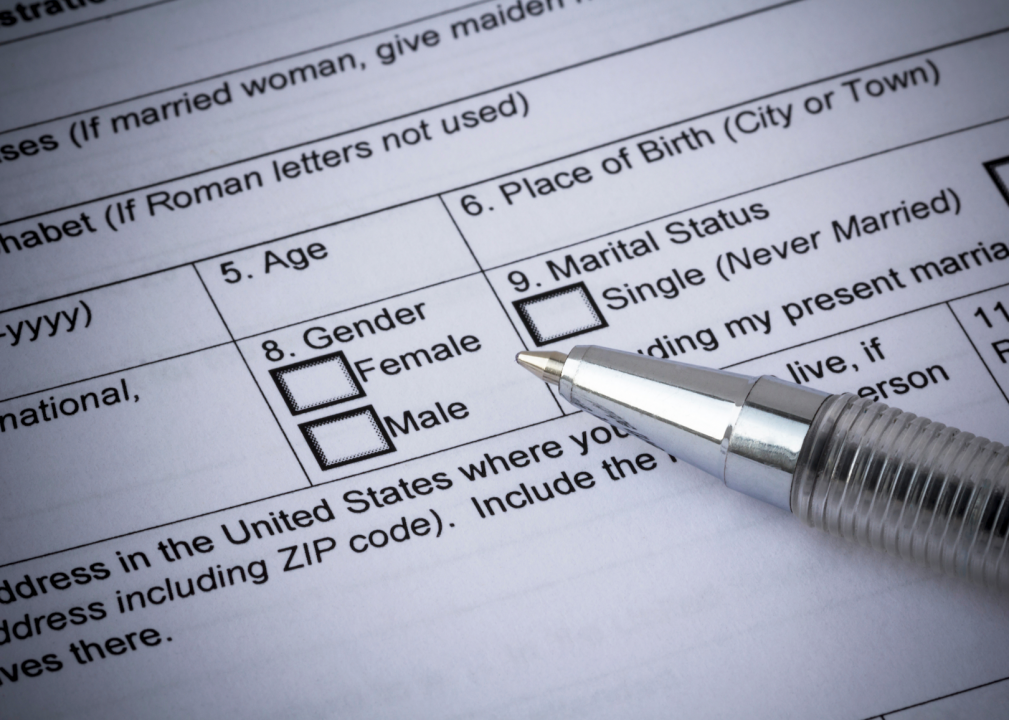
rbkomar // Shutterstock
1972: Sweden allows people to legally change gender
In 1972, Sweden became the first country to give people the right to legally change their gender on identifying documents. However, people needed to be over 18 years old, unmarried, and sterilized; the country didn’t remove the mandatory sterilization law until 2013. In some U.S. states, people still need to undergo gender-reassignment surgery to legally change their gender.
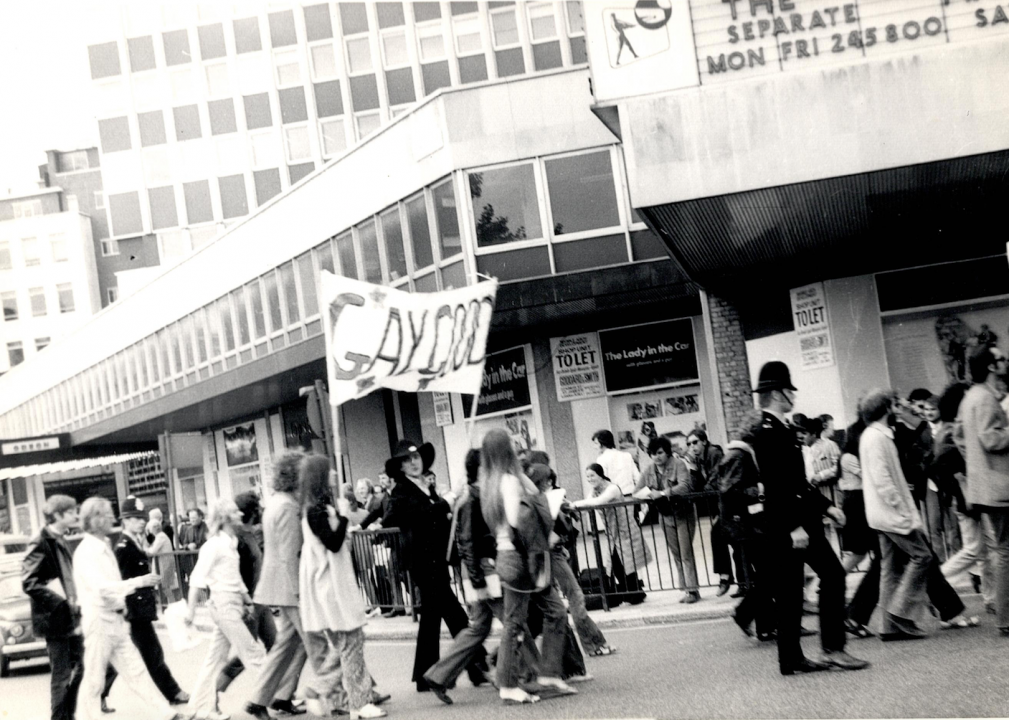
LSE Library // Flickr
1972: UK has first pride parade
The United Kingdom held the country’s first LGBTQ+ pride parade on July 1, 1972. Britain’s GLF organized the event, and about 700 people showed up to march. Their slogan was simple: “Gay is good.”
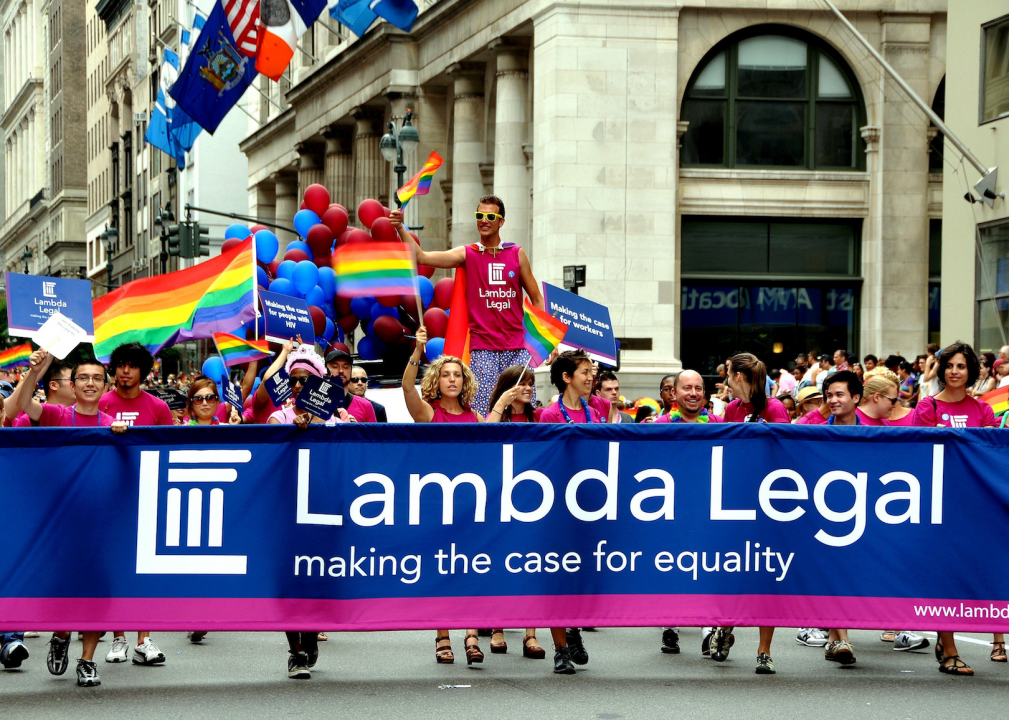
LEE SNIDER PHOTO IMAGES // Shutterstock
1973: Lambda Legal forms
The Lambda Legal organization was formed to offer legal support for LGBTQ+ equality, but first, they had to represent themselves to fight for the right to exist in New York. In the ’70s, the group fought for LGBTQ+ rights on the college and national levels. In 1983, they were successful in the first HIV/AIDS discrimination case in the U.S.
You may also like: How top Democratic candidates compare on major issues
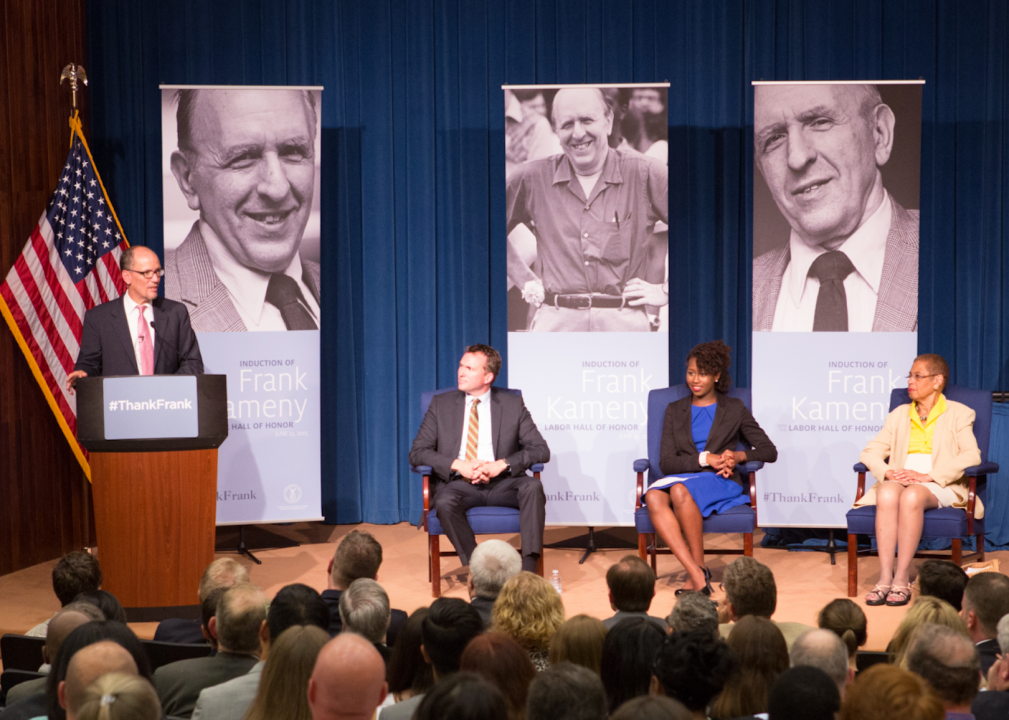
US Department of Labor // Wikimedia Commons
1973: Homosexuality is no longer classified as a mental illness
Until the early ’70s, physicians could diagnose someone in a same-sex relationship as mentally ill. But in 1973, the American Psychiatric Association removed “homosexuality” from the Diagnostic and Statistical Manual of Mental Disorders (or the DSM-II).
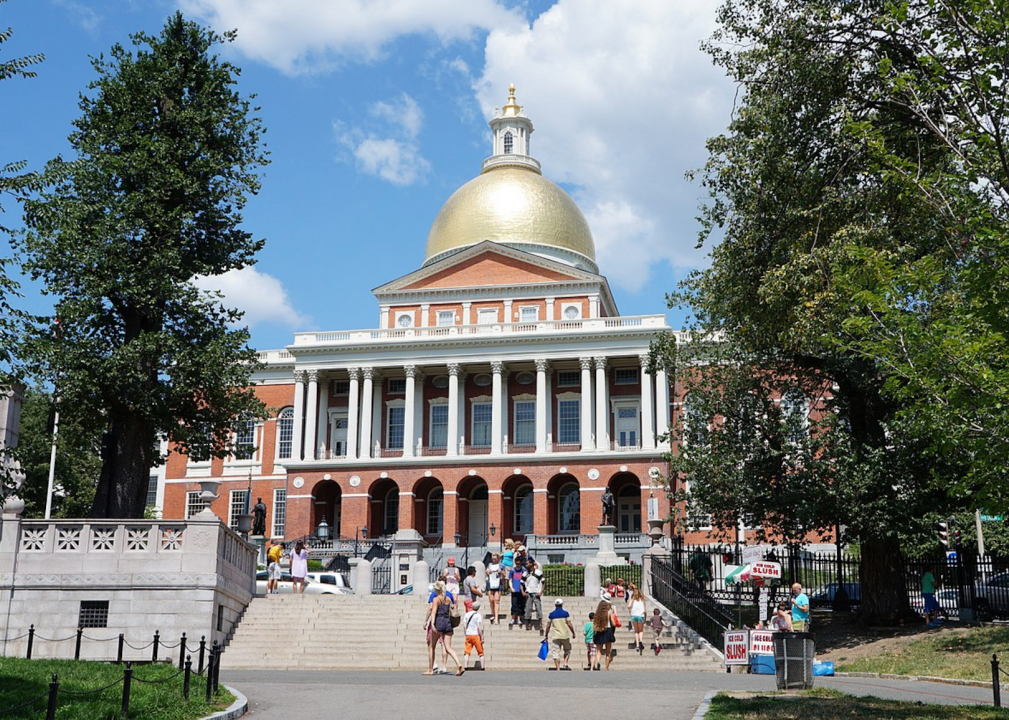
Jiaqian AirplaneFan // Wikimedia Commons
1974: First openly lesbian officials elected
Kathy Kozachenko and Elaine Noble became the nation’s first openly lesbian or gay elected officials in 1974. Kozachenko won a seat on the Ann Arbor City Council in Michigan, while Noble held a position in the Massachusetts General Assembly.
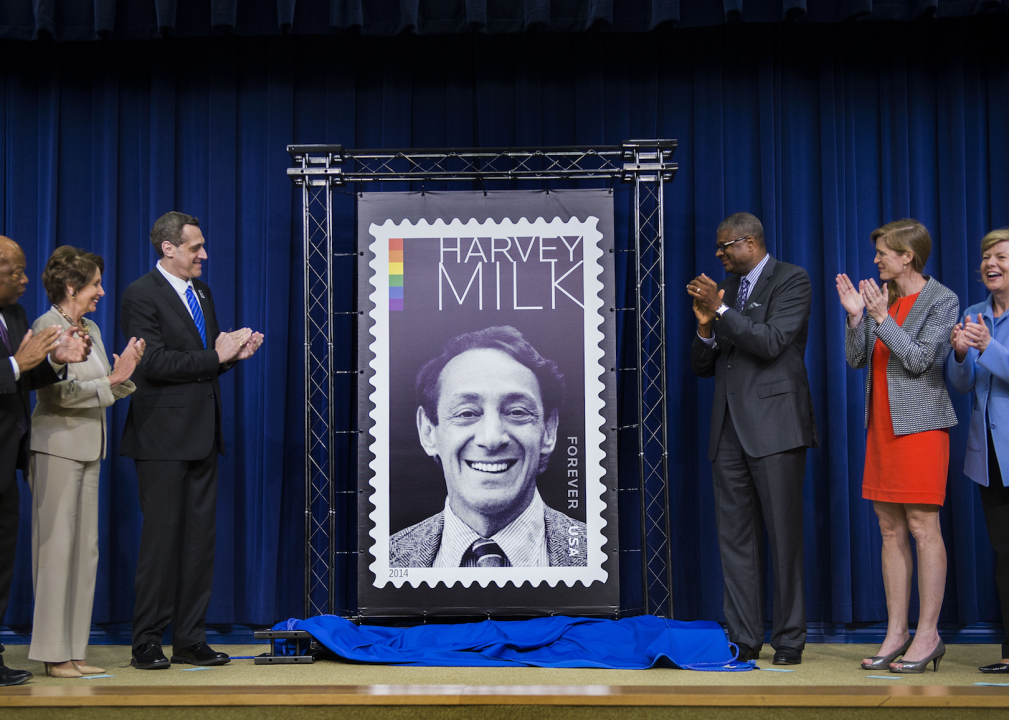
JIM WATSON/AFP // Getty Images
1977: First openly gay man elected
Harvey Milk made history when he won a seat on the San Francisco Board of Supervisors, becoming the first openly gay male politician elected in a major city. Before he was assassinated a year later, Milk helped pass city ordinances to prevent discrimination based on sexual orientation.
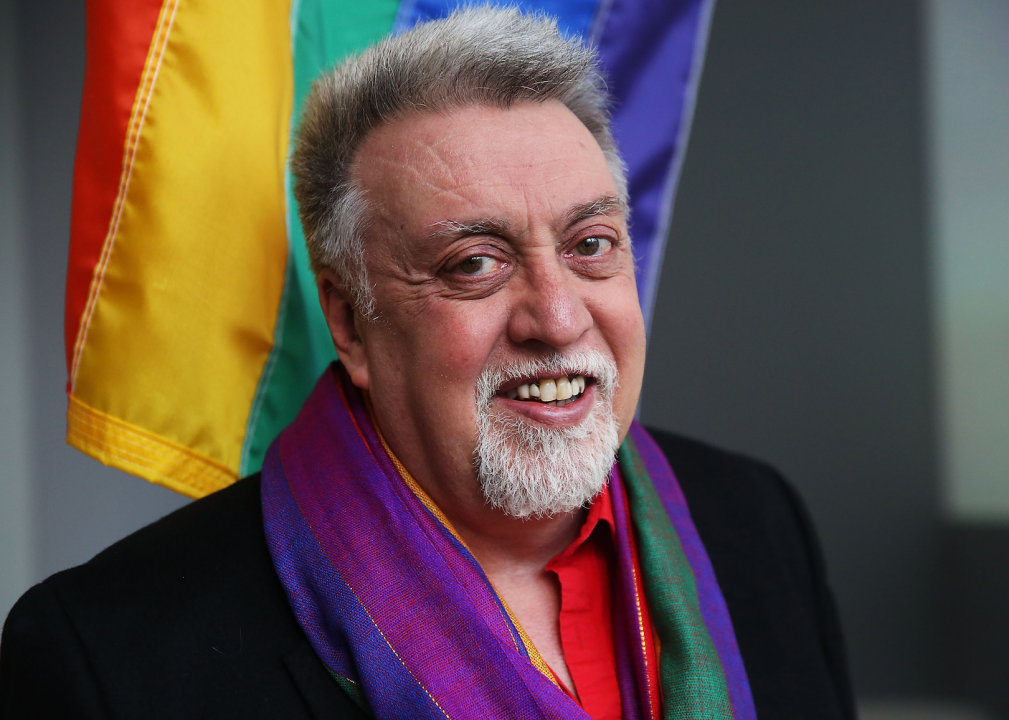
Spencer Platt // Getty Images
1978: The rainbow flag is created
In 1978, Harvey Milk’s friend Gilbert Baker brought his 30-by-60-foot rainbow flag to an LGBTQ+ rights rally in San Francisco. Afterward, it became an enduring symbol of pride for the LGBTQ+ community. According to The Washington Post, Baker sometimes referred to himself as “the Betsy Ross of gay liberation.” He died in 2017 at the age of 65.
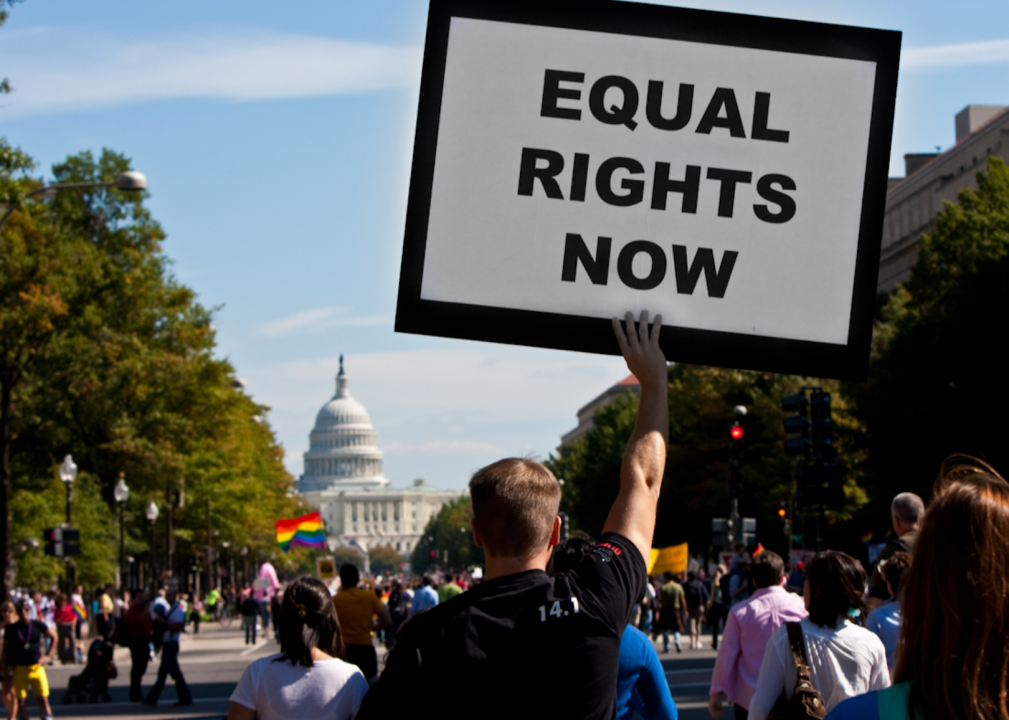
Tony Webster // Wikimedia Commons
1979: First national LGBTQ+ march
Thousands of people marched for equality in the National March on Washington for Lesbian and Gay Rights. They gathered together to end discrimination based on sexual orientation, including within the federal government.
You may also like: 50 ways the news industry has changed in the last 50 years
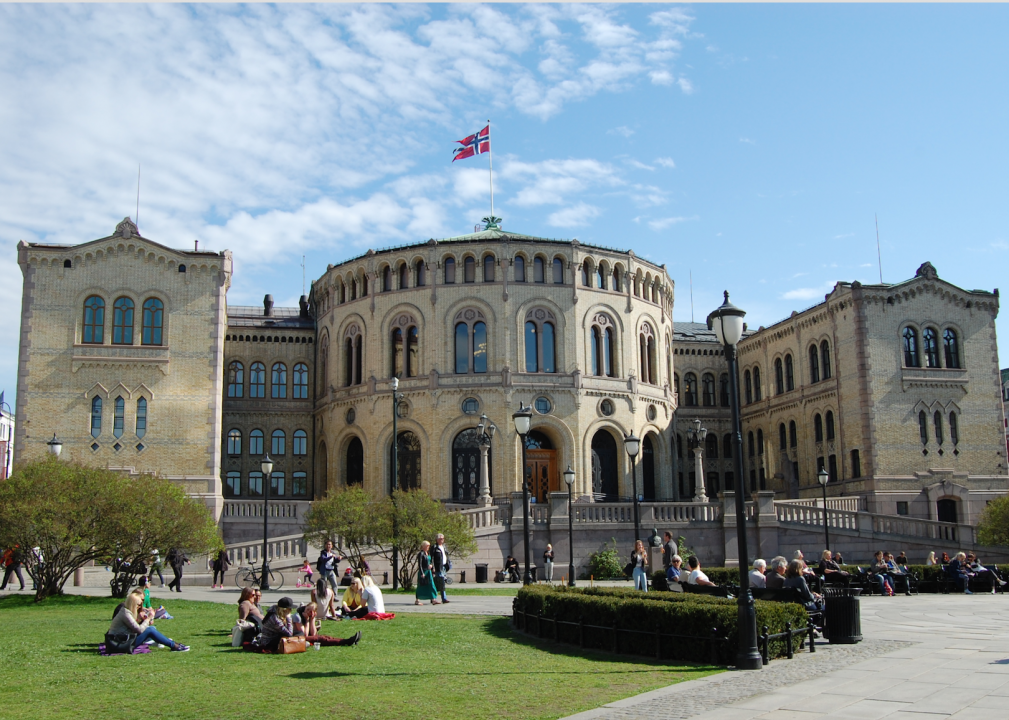
Andrzej Wójtowicz // Wikimedia Commons
1981: Norway enacts anti-discrimination laws
In 1981, Norway amended its laws to include protections for LGBTQ+ people. The legislation stated that business owners couldn’t discriminate against customers based on sexual orientation nor deny them access to public events. Hate speech was also prohibited.
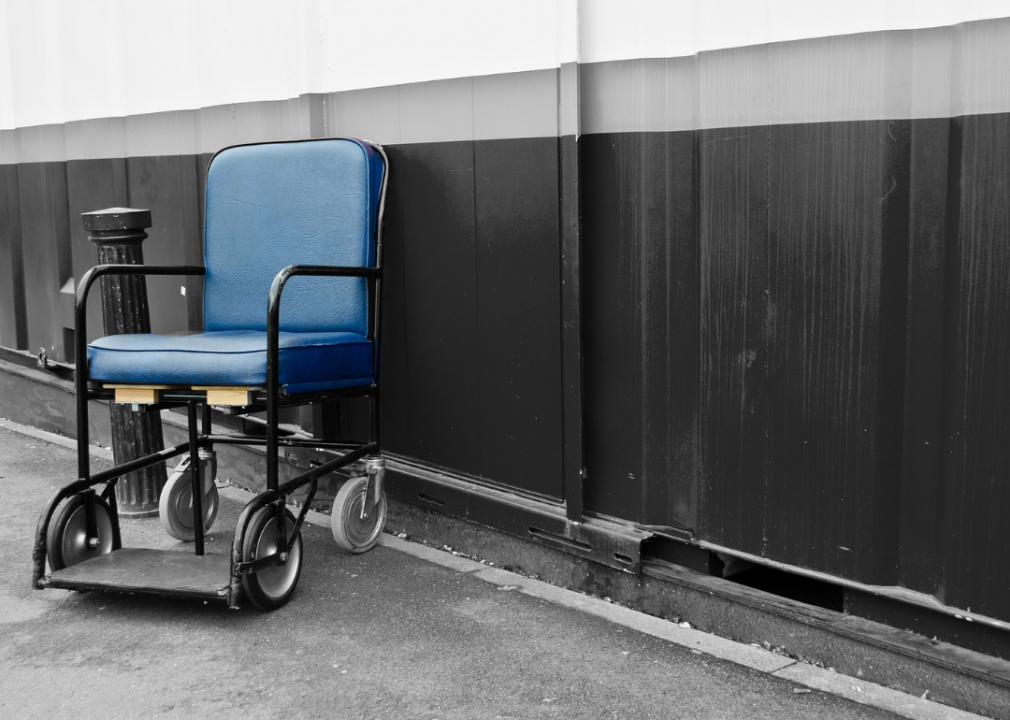
felipe caparros // Shutterstock
1981: Gay men affected with ‘rare cancer’
In 1981, the New York Times reported 41 gay men had been afflicted with a “rare cancer.” Doctors originally thought HIV/AIDS was a skin cancer known as Kaposi’s sarcoma. A year later, though, the Center for Disease Control (CDC) started calling the illness “acquired immune deficiency syndrome,” or AIDS.
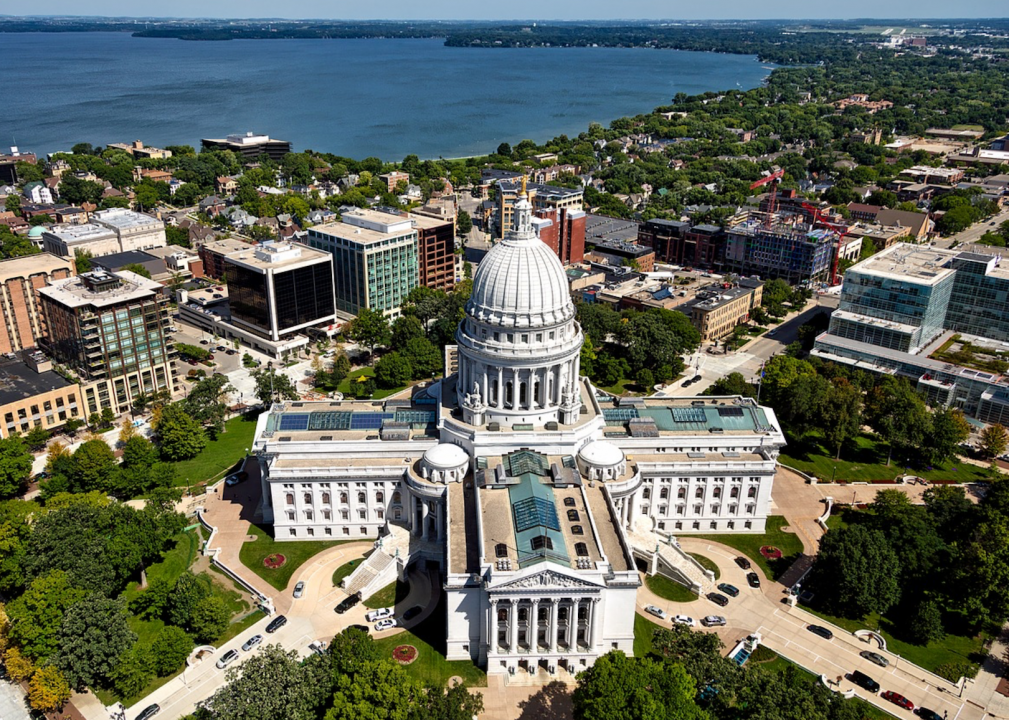
Pixabay
1982: Wisconsin passes LGBTQ+ anti-discrimination law
In 1981, Rep. David Clarenbach (D-Wis.) brought forth a measure to protect LGBTQ+ people from employment discrimination in public and private sectors, making Wisconsin the first in the U.S. to pass a statewide law against such discrimination. The law also banned landlords from denying housing based on sexual orientation.
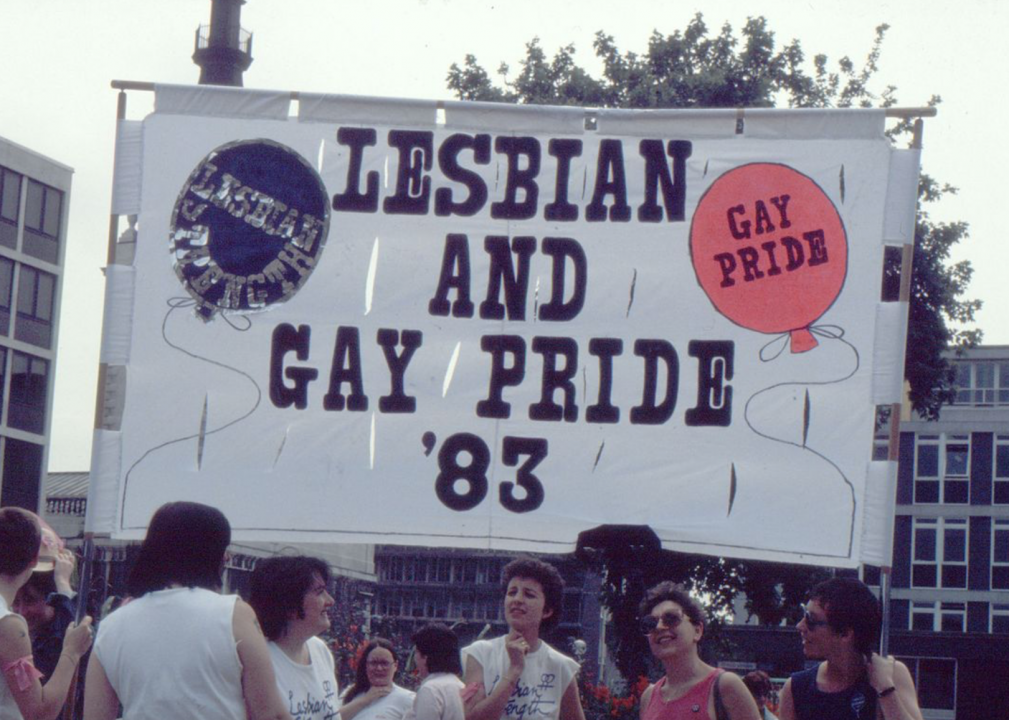
AlisonW // Wikimedia Commons
1983: BiPOL forms
BiPOL, the first bisexual political group, started in San Francisco in 1983. They helped put on the Bisexual Rights Rally a year later, which took place outside the Democratic National Convention.
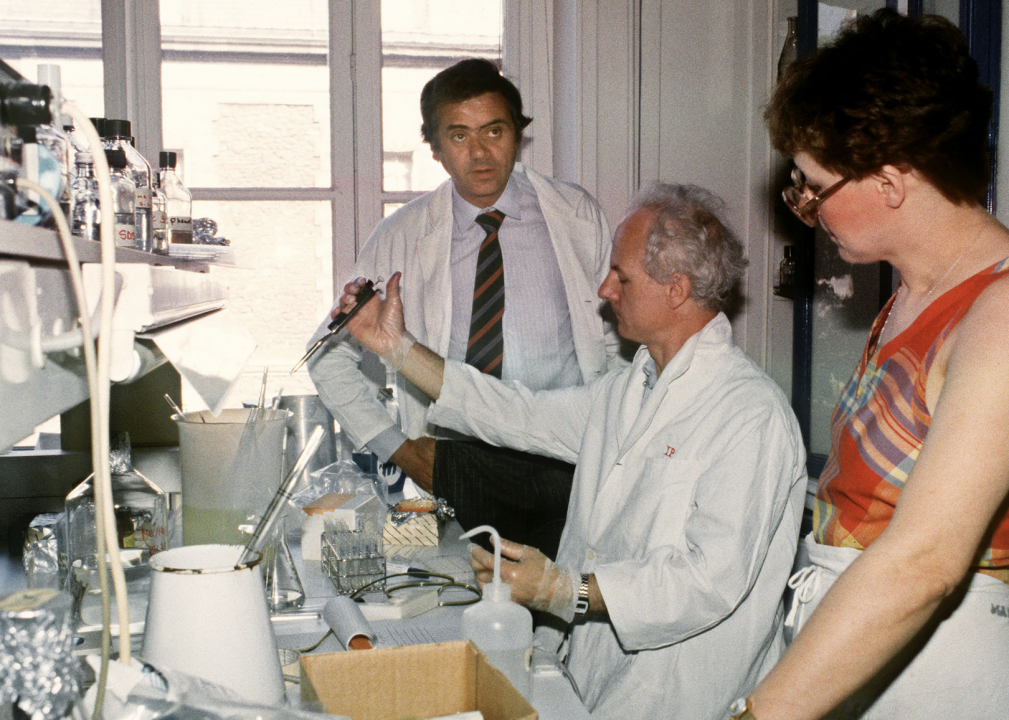
MICHEL CLEMENT/AFP // Getty Images
1984: HIV discovered
After ruling out cancer, researchers in France and the United States discovered that a retrovirus caused AIDS. Scientists hoped a vaccine would be available by the late ’80s, but it wasn’t until 2012 that the FDA approved PrEP, the first drug to help prevent the transmission of HIV. In 2019, two men were “cured” of AIDS after blood stem cell transplants. More than 35 million people have died of AIDS or related illnesses.
You may also like: A timeline of WWII, the most devastating conflict in history
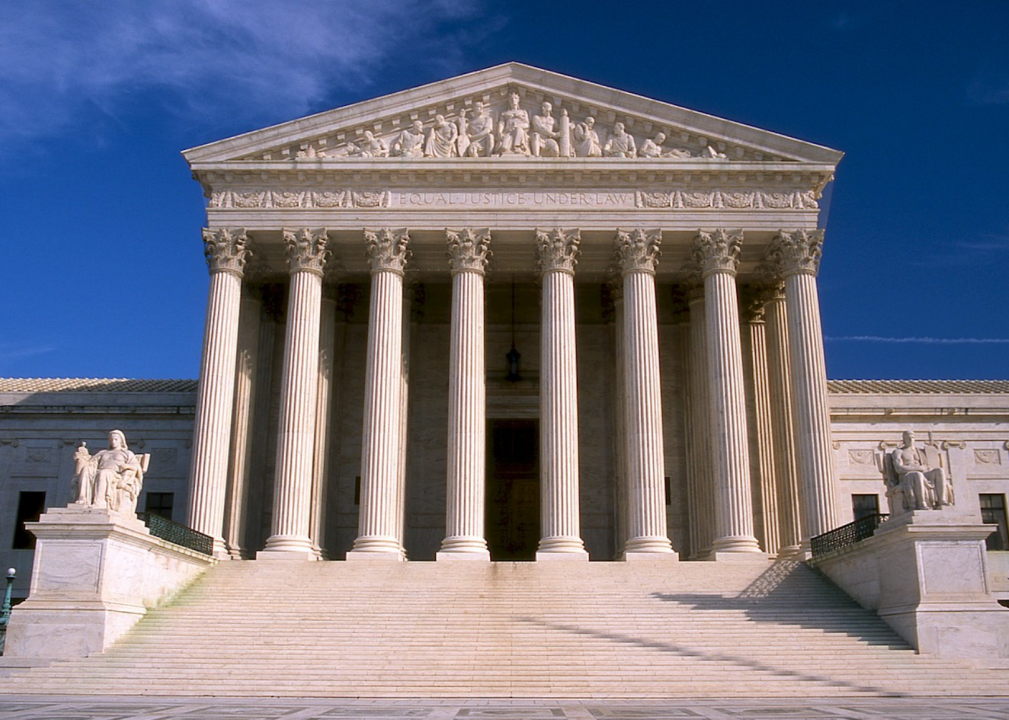
Pixabay
1986: Bowers v. Hardwick
After Michael Hardwick failed to show up for a court summons for public drinking, a police officer went to his house. That’s when he and a male friend were arrested for having consensual sex, which was illegal between two people of the same gender. The case, Bowers v. Hardwick, went to the Supreme Court, which ruled in favor of the state. The Court didn’t strike down sodomy laws until 2003.
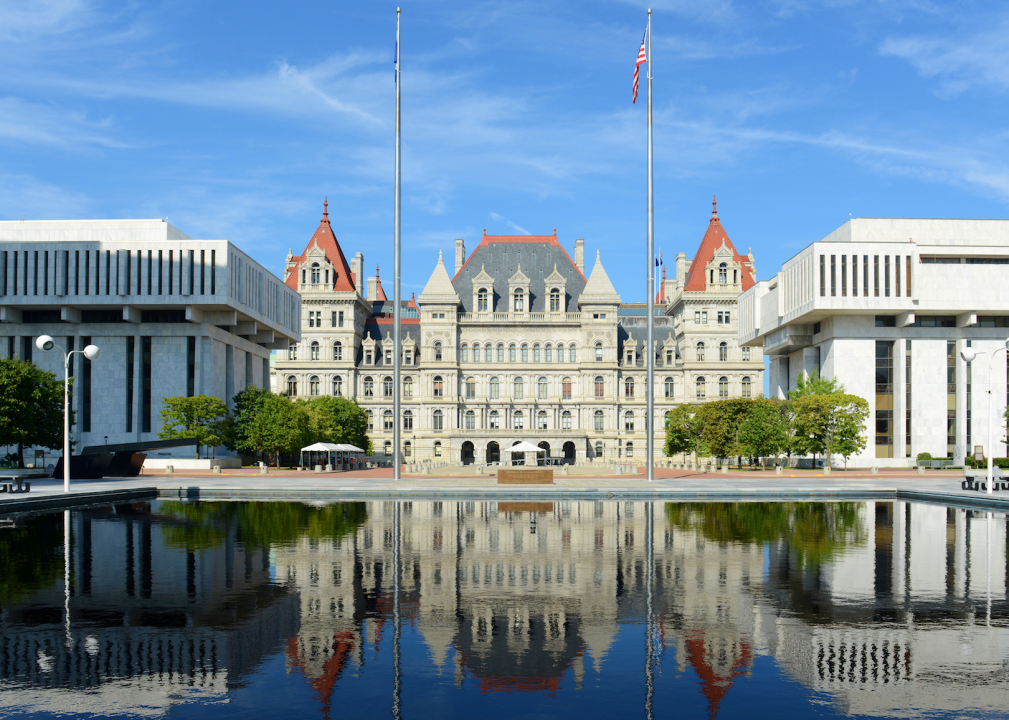
Wangkun Jia // Shutterstock
1986: New York passes anti-discrimination bill
After more than a decade of debate, New York City passed an anti-discrimination bill in 1986: Sexual orientation couldn’t be the basis of discrimination in employment, housing, or public accommodations.

Rick // Wikimedia Commons
1987: UK opens first HIV/AIDS clinic
The HIV/AIDS crisis continued into the late ’80s. In 1987, Princess Diana dispelled the myth that the disease could be transmitted by touch: without gloves, she shook the hand of an infected man at the opening of the United Kingdom’s first HIV/AIDS unit at the London Middlesex Hospital.
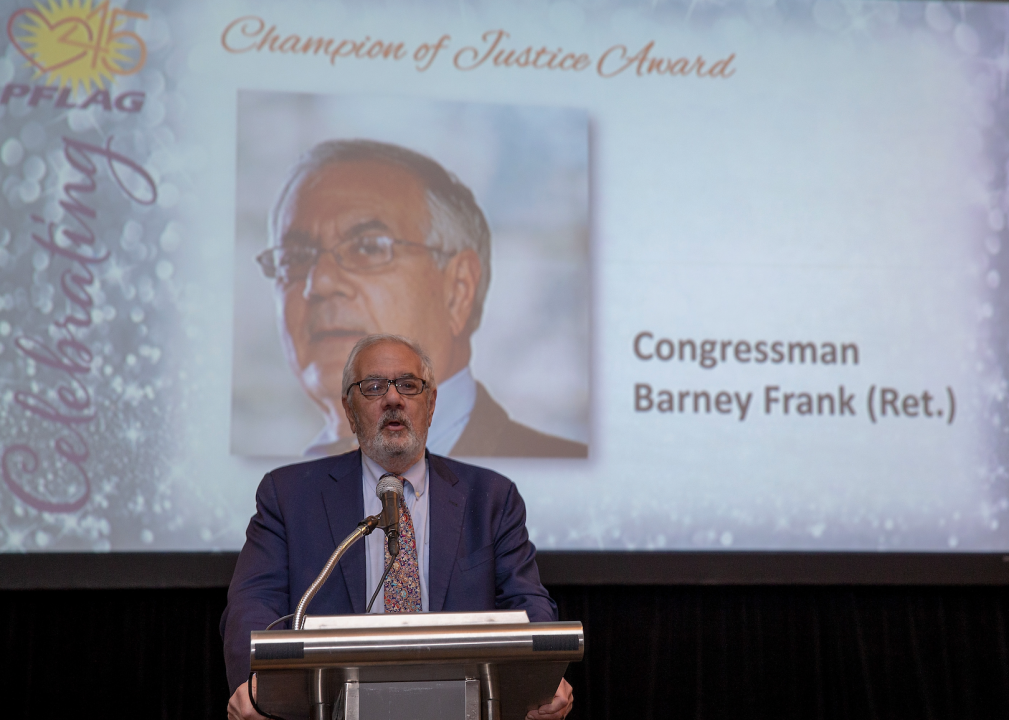
Tasos Katopodis // Getty Images
1987: Barney Frank comes out as gay
Although his straight allies and colleagues cautioned him against it, U.S. Rep. Barney Frank (D-Mass.) revealed his sexual orientation in 1987, making him the second openly gay congressman. Rep. Gerry Studds (D-Mass.) reluctantly came out in 1983. Frank announced his retirement in 2011.
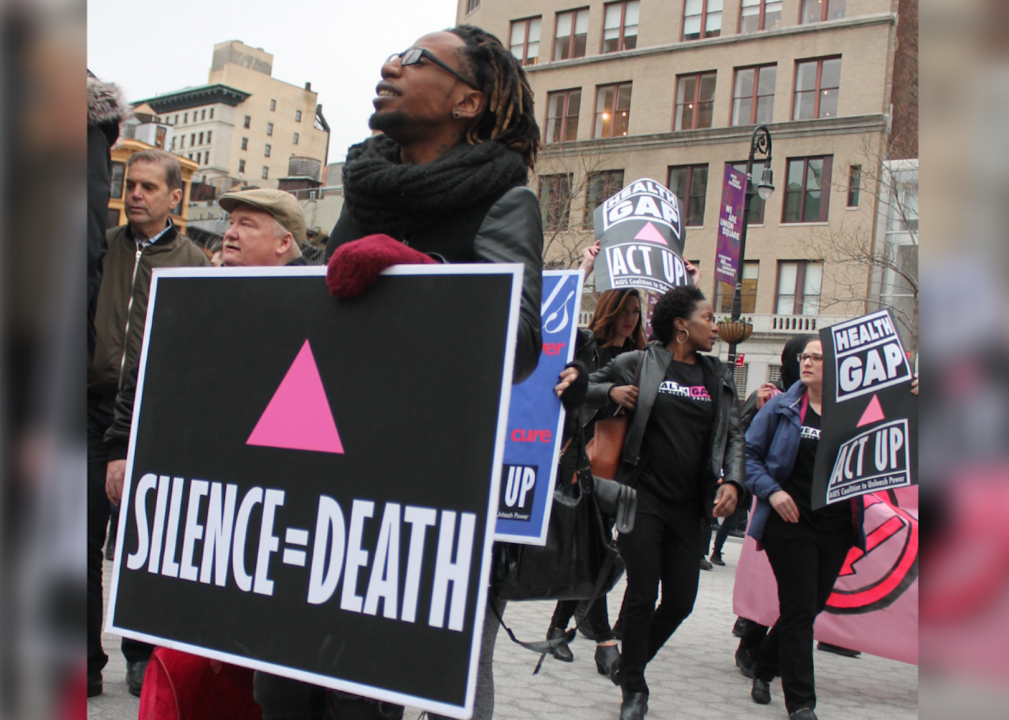
Elvert Barnes // Wikimedia Commons
1987: ACT UP
The AIDS Coalition to Unleash Power (ACT UP) helped change the way people thought about the disease. Their slogan was simple but effective: “Silence = death.” Many say that the group jump-started a movement that led to the creation of HIV/AIDS drugs.
You may also like: Defining historical moments from the year you were born
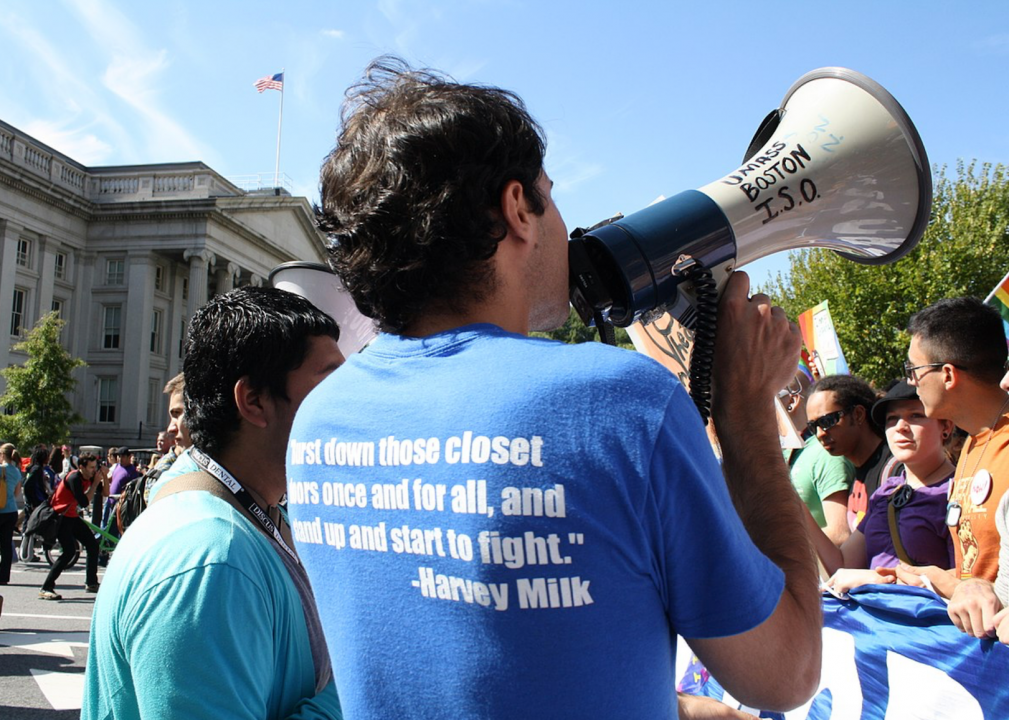
Elvert Barnes // Wikimedia Commons
1988: National Coming Out Day starts
A year after the second March on Washington for Lesbian and Gay Rights, a group of activists founded National Coming Out Day (October 11), which aims to help LGBTQ+ people live openly.
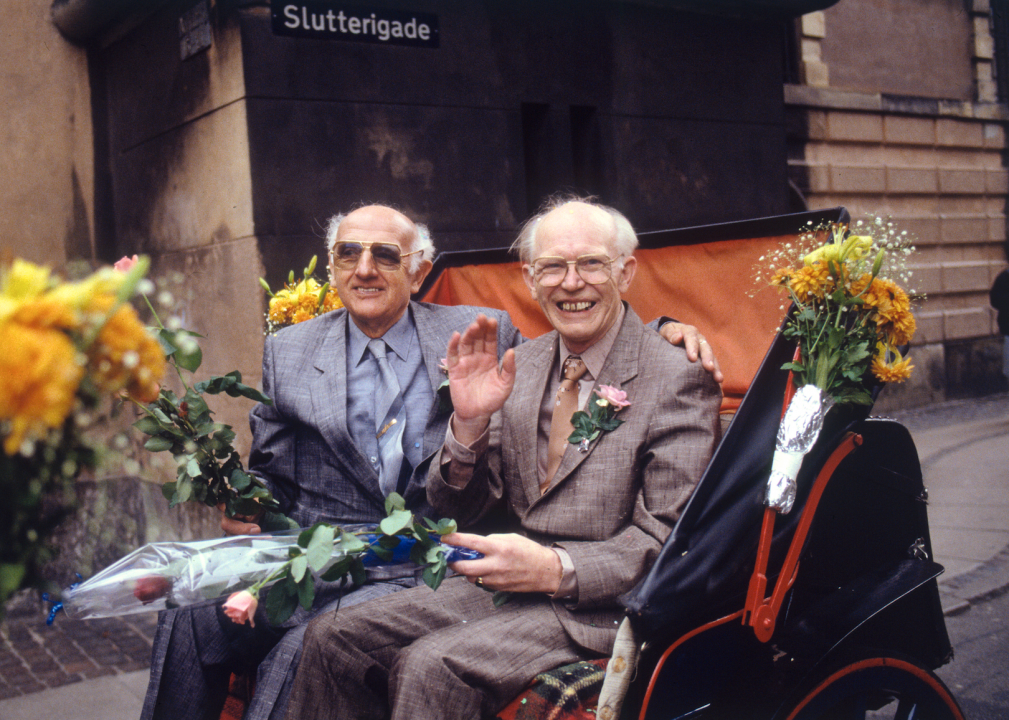
KELD NAVNTOFT/AFP // Getty Images
1989: Denmark legalizes same-sex unions
Demark recognized same-sex domestic partnerships in 1989, which extended the rights of marriage to gay and lesbians couples. In 2010, same-sex couples in the country could register for adoptions, and by 2013, they could legally get married.
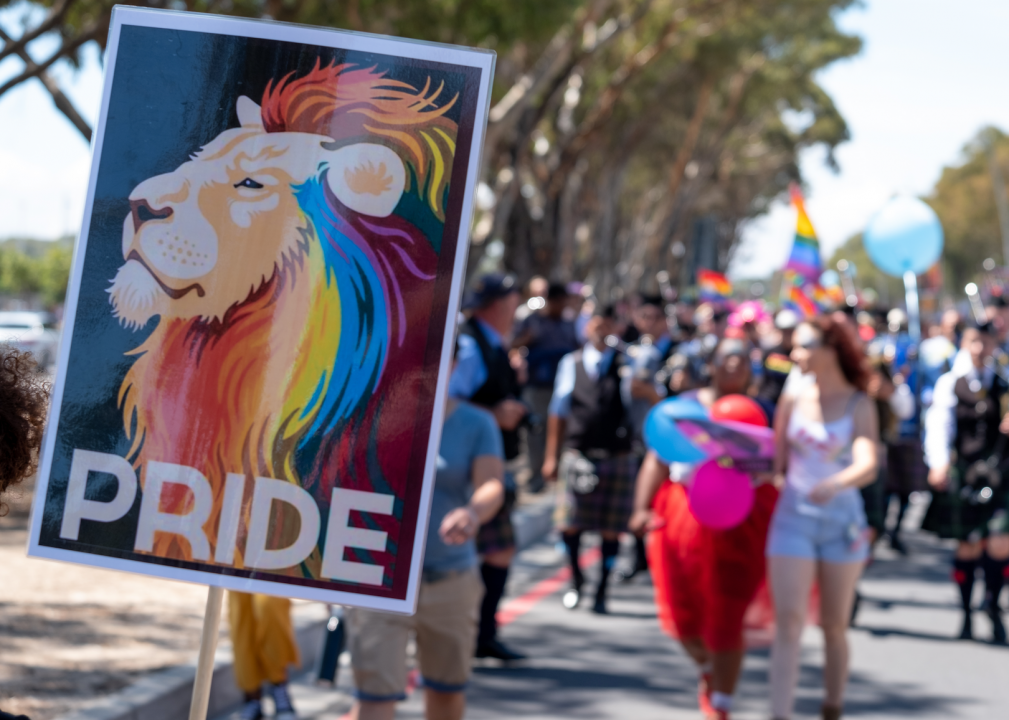
Lois GoBe // Shutterstock
1990: First pride parade in South Africa
Activist Simon Nkoli helped start the Gay and Lesbian Organisation of the Witwatersrand. GLOW organized the first pride parade in Johannesburg, South Africa, in 1990, where people also marched against apartheid. Some LGBTQ+ marchers were so scared of exposing themselves that they marched with bags over their faces. Only about 800 people gathered for the first parade; by 2018, that number swelled to 22,000.
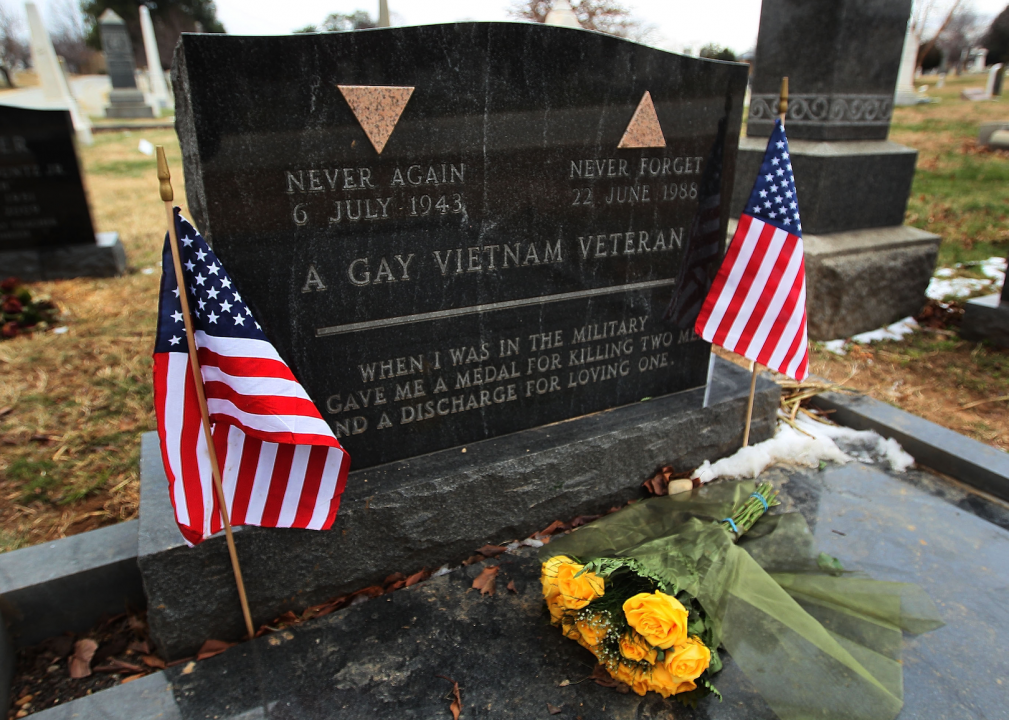
Mark Wilson // Getty Images
1993: ‘Don’t ask, don’t tell’ enacted
Then-President Bill Clinton signed “don’t ask, don’t tell” as a compromise with Republicans: gay and lesbian service members could join the military, but they could not tell anyone about their sexual orientation. Some officials, including Colin Powell, who was the chairman of the Joint Chiefs of Staff at the time, voiced concerns about AIDS and whether gay and straight soldiers would have to live in the same quarters.
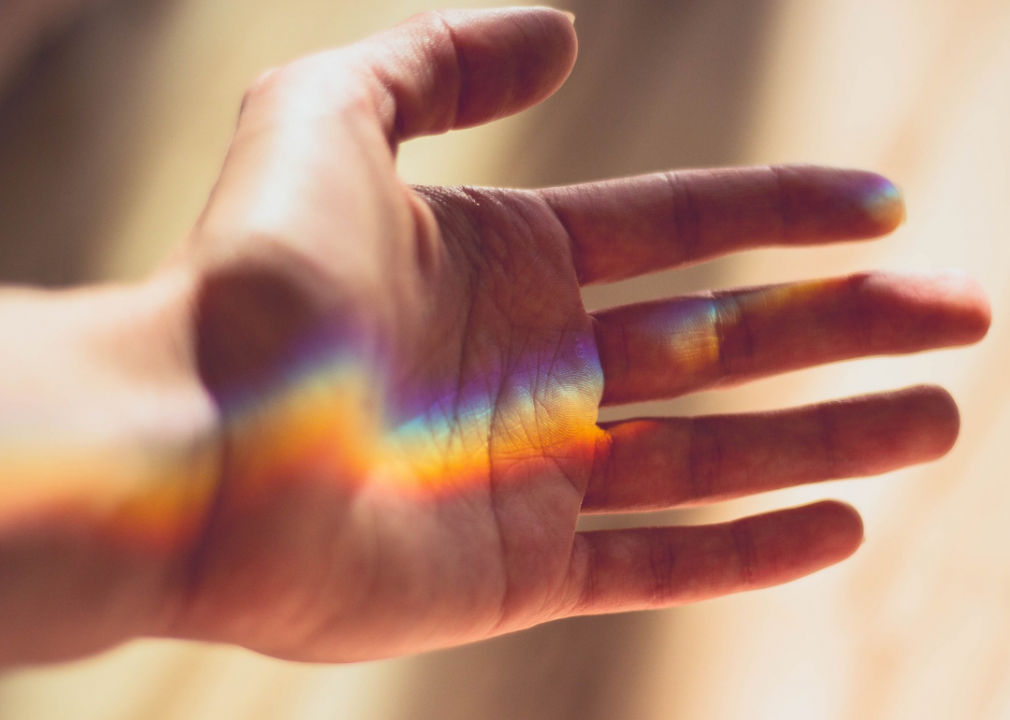
Shawn Goldberg // Shutterstock
1994: American Medical Association opposes conversion therapy
As the mid-’90s approached, the AMA told doctors to have “nonjudgmental recognition” of their gay, lesbian, and bisexual patients, and also stopped recommending that physicians try to “reverse” a patient’s sexual orientation. By 2019, Washington, D.C., and 18 states banned this type of conversion therapy.
You may also like: US cities with the dirtiest air
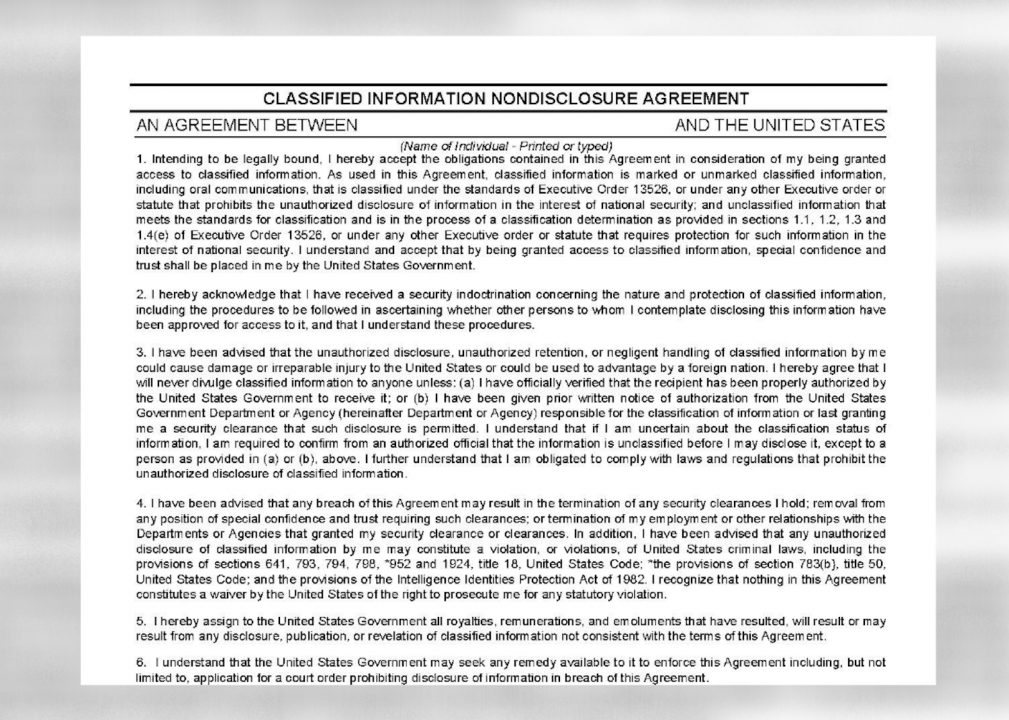
US Federal Government // Wikimedia Commons
1995: Gay and lesbian workers can get government security clearance
Until 1995, someone who was gay or lesbian might not get a federal security clearance because government officials considered sexual orientation a security risk, the rationale being that gay and lesbian people who kept their lives secret could be subject to blackmail. Then-President Bill Clinton signed an executive order ending the regulation.
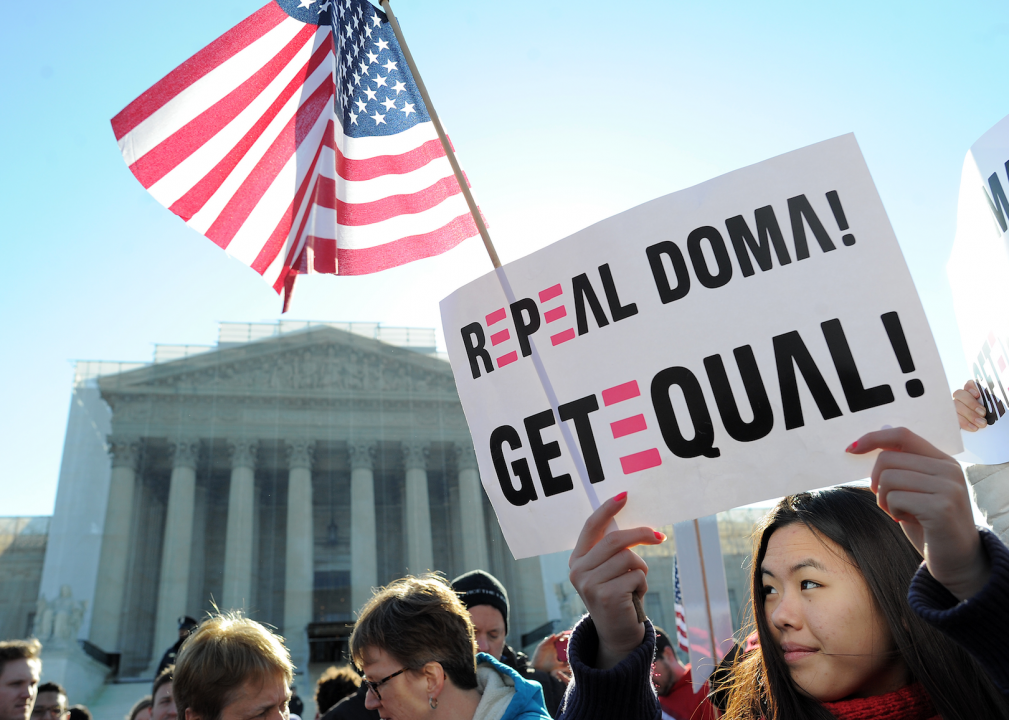
JEWEL SAMAD/AFP // Getty Images
1996: President Bill Clinton signs Defense of Marriage Act
In 1996, Clinton signed a law defining marriage as a union between a man and a woman. In 2013, he wrote an op-ed in The Washington Post asking the Supreme Court to overturn DOMA. In the piece, Clinton wrote he believed the law to be “incompatible with our constitution,” and the Court agreed with him.
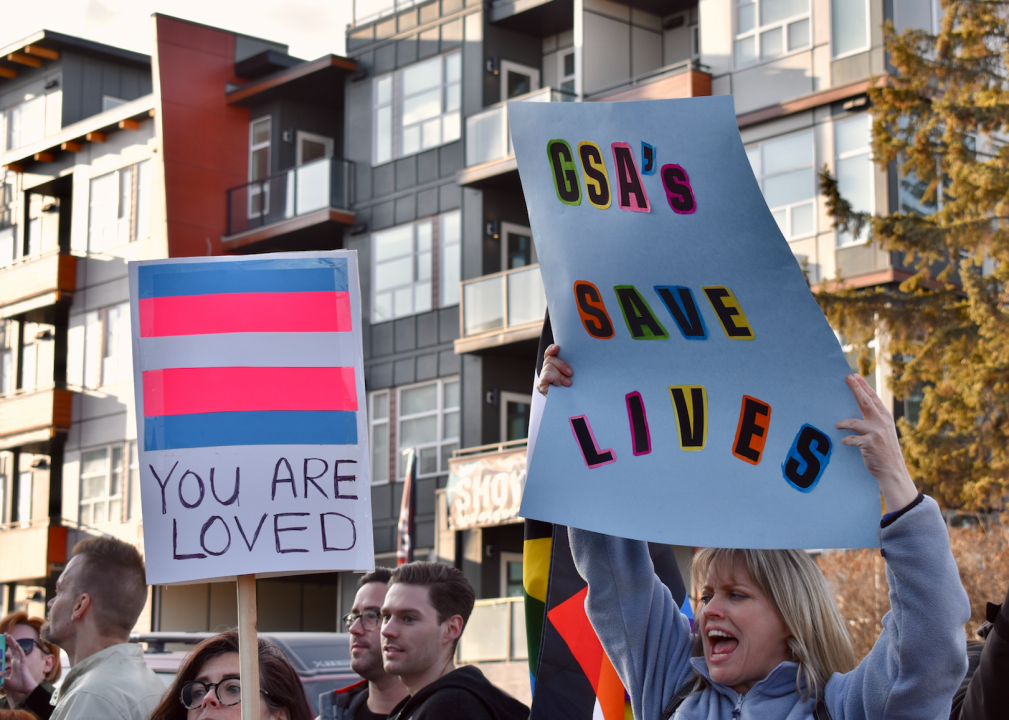
Denin Lawley // Unsplash
1996: High schooler starts Gay-Straight Alliance
After she started the Gay-Straight Alliance at her Utah high school, Kelli Peterson, a 17-year-old lesbian senior, made national news. The administration didn’t want to allow her LGBTQ+ group but the Equal Access Act meant the school couldn’t legally prevent them from meeting. Instead, Salt Lake City’s Board of Education banned all high school clubs. Students sued the school and a federal judge ruled in their favor.
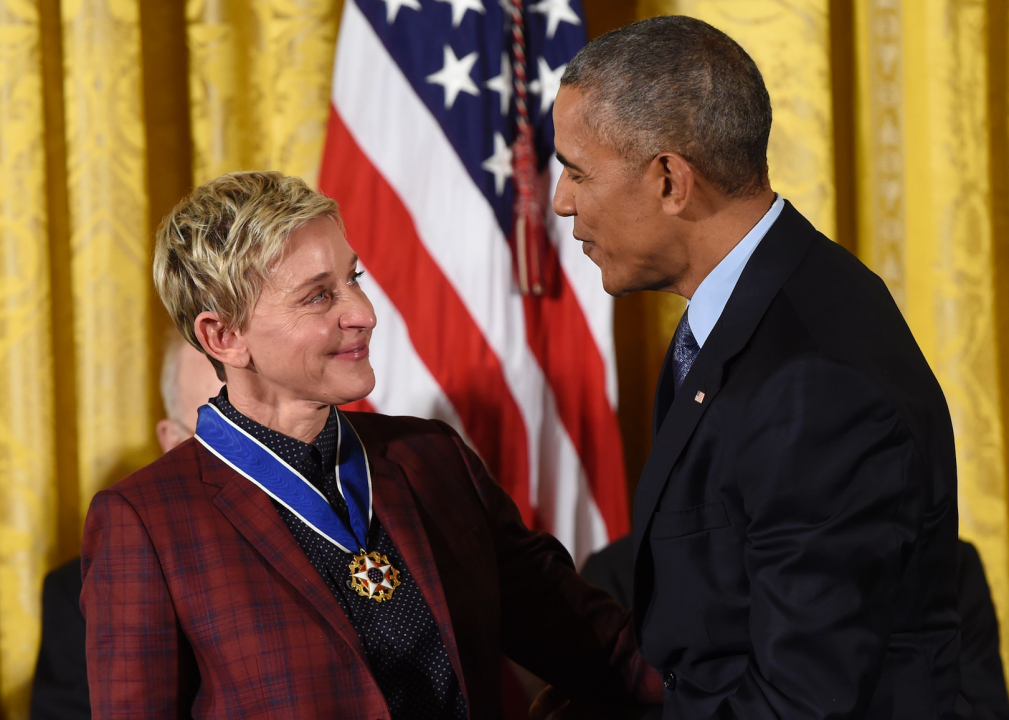
SAUL LOEB/AFP // Getty Images
1997: Ellen DeGeneres comes out
Ellen DeGeneres told the world she was a lesbian on the cover of TIME magazine. Then, her television character, Ellen Morgan, became the first openly LGBTQ+ lead in a sitcom. DeGeneres won an Emmy for her performance, but her show was canceled a year later. In 2003, she started her long-running eponymous talk show and later received the Presidential Medal of Freedom from then-President Barack Obama.
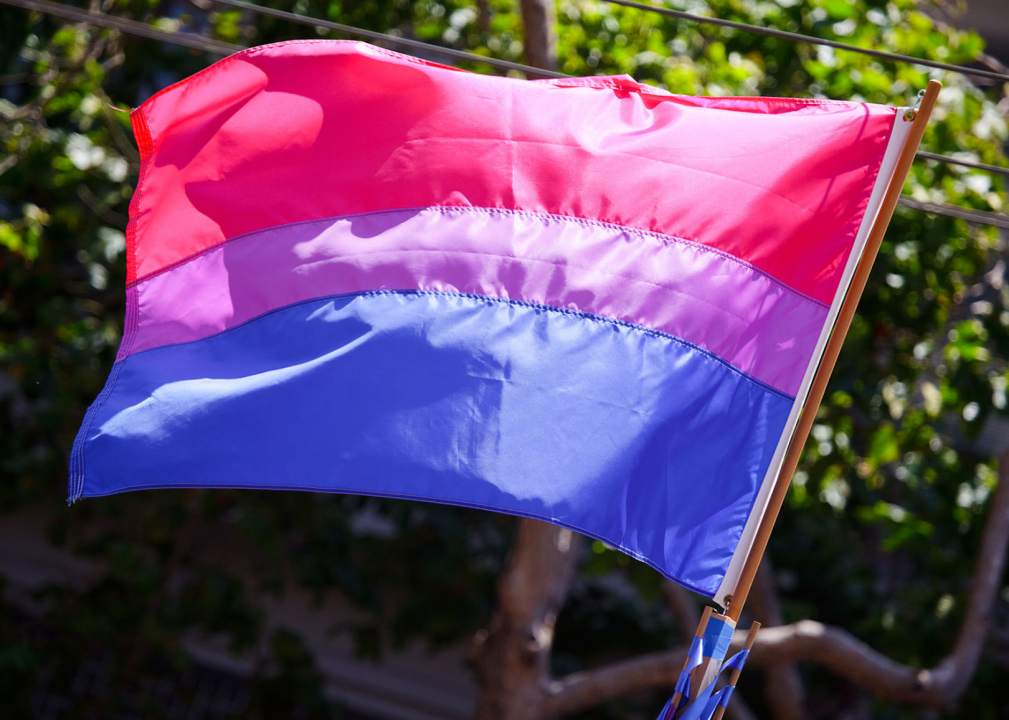
Peter Salanki // Wikimedia Commons
1998: Bisexual flag created
Michael Page created the pink, purple, and blue bisexual pride flag in the late ’90s. In 1999, Page and other activists created Bi Visibility Day, which is celebrated every September 23.
You may also like: The only 7 countries that are on track to meet the Paris Agreement—and how they’re doing it
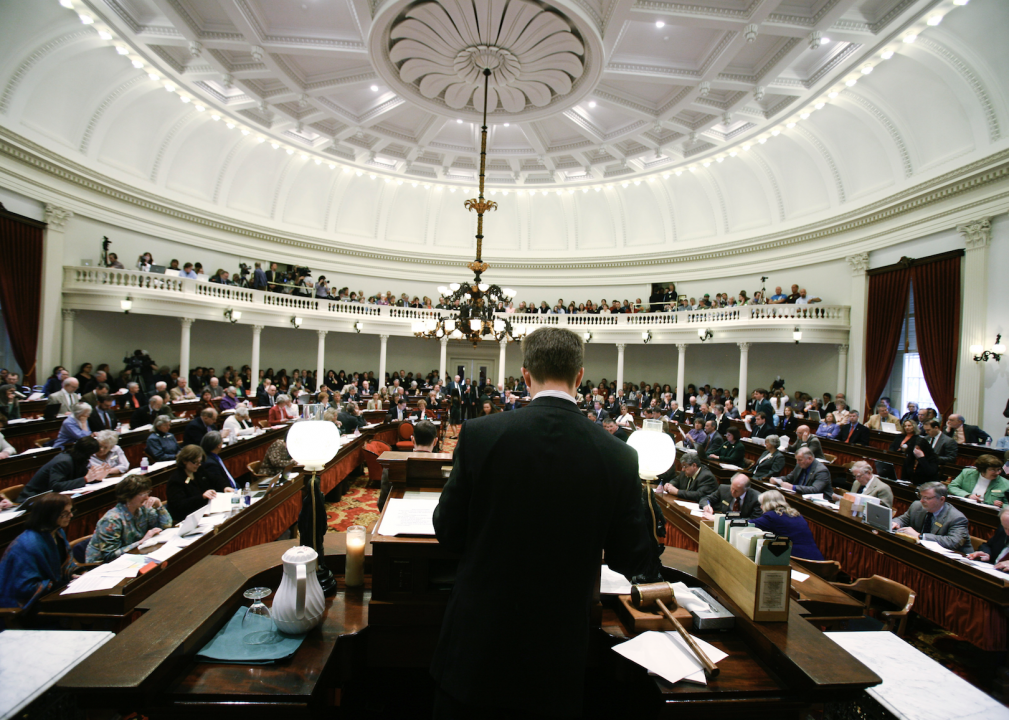
Jordan Silverman // Getty Images
2000: Vermont recognizes same-sex unions
A 1997 lawsuit led Vermont to pass a bill guaranteeing same-sex partners the same legal rights as married people. The Vermont Supreme Court held that the state was unconstitutionally discriminating against gay and lesbian couples. In 2009, Vermont became the fourth state to legalize same-sex marriage.
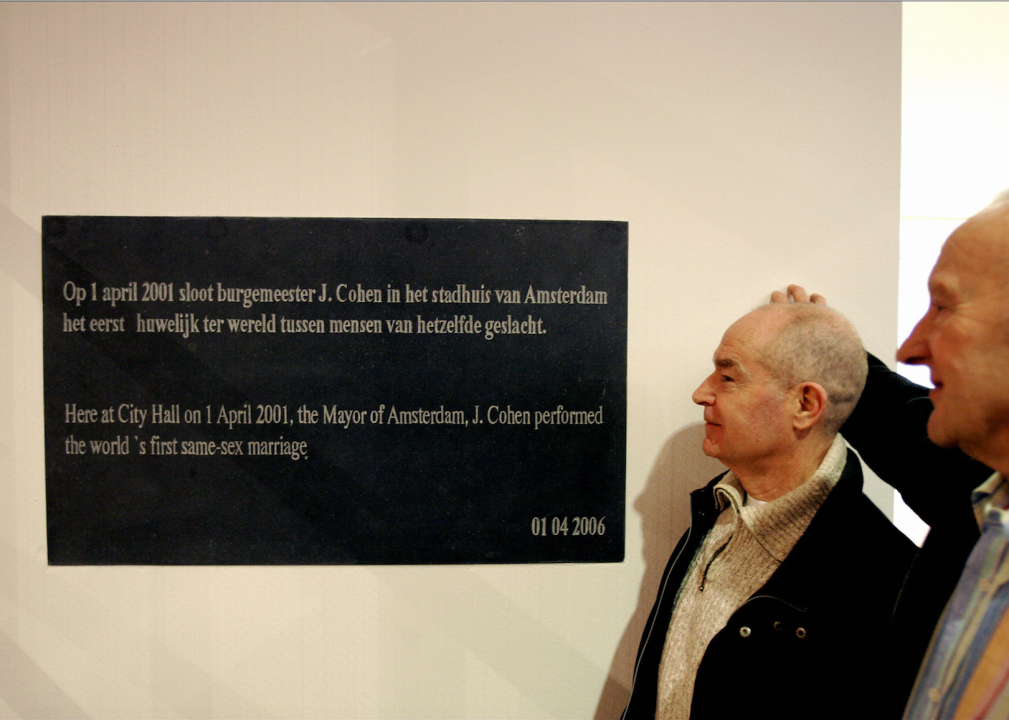
ROBIN UTRECHT/AFP // Getty Images
2000: Netherlands recognizes same-sex marriage
After changing one sentence in their legislation, gay and lesbian couples in the Netherlands were given the right to marry, divorce, and adopt. The Dutch country was the first in the world to legalize same-sex marriage.
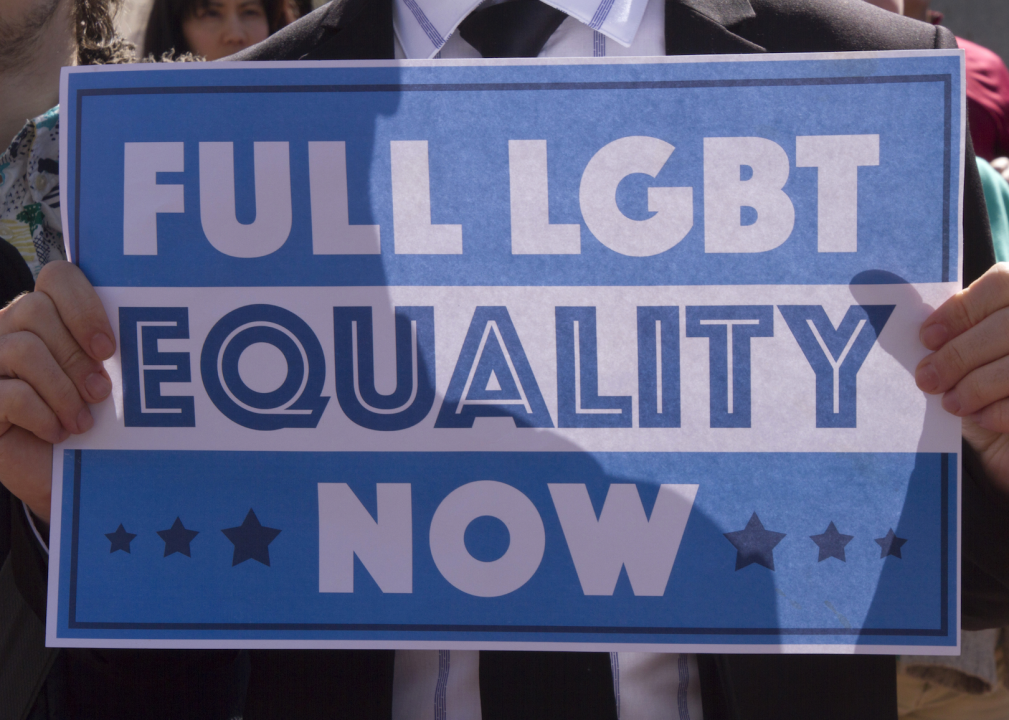
J. Bicking // Shutterstock
2002: New York City passes LGBTQ+ rights law
When New York City passed the Sexual Orientation Non-Discrimination Act (SONDA), it became illegal to discriminate in work, housing, school, or public services based on someone’s sexual orientation.
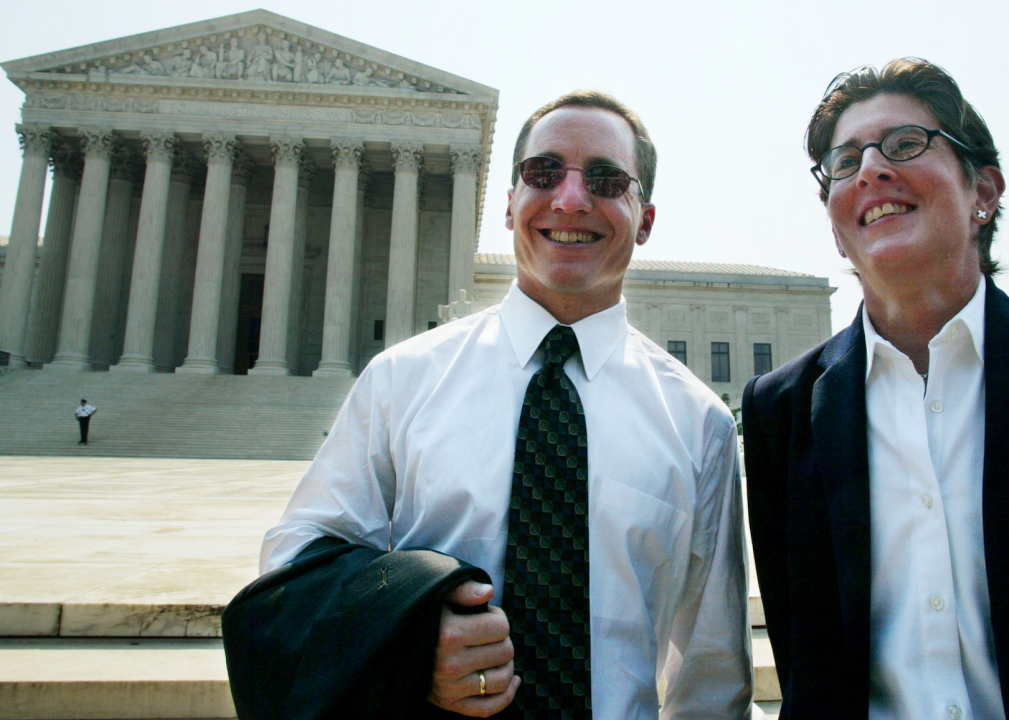
Alex Wong // Getty Images
2003: US legalizes consensual same-sex acts
The Supreme Court legalized all consensual sex acts between same-sex adults after the ruling in Lawrence v. Texas. “Their right to liberty under the Due Process Clause gives them the full right to engage in their conduct without intervention of the government,” wrote Justice Anthony M. Kennedy.
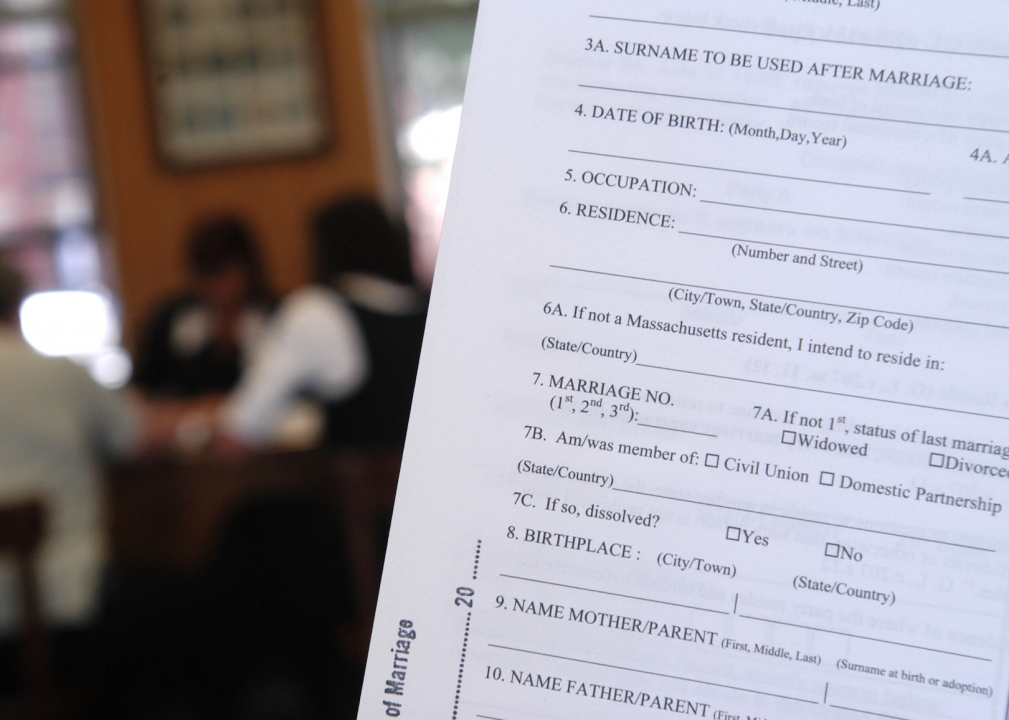
Angela Jimenez // Getty Images
2004: Massachusetts performs first same-sex marriage
On May 17, 2004, Marcia Kadish and Tanya McCloskey became the first same-sex couple to get married in the U.S. A year earlier, the Massachusetts Supreme Court had ruled that the ban on marriage for gay and lesbian couples was illegal. It took until 2008 for another state (Connecticut) to follow.
You may also like: Best-run cities in America
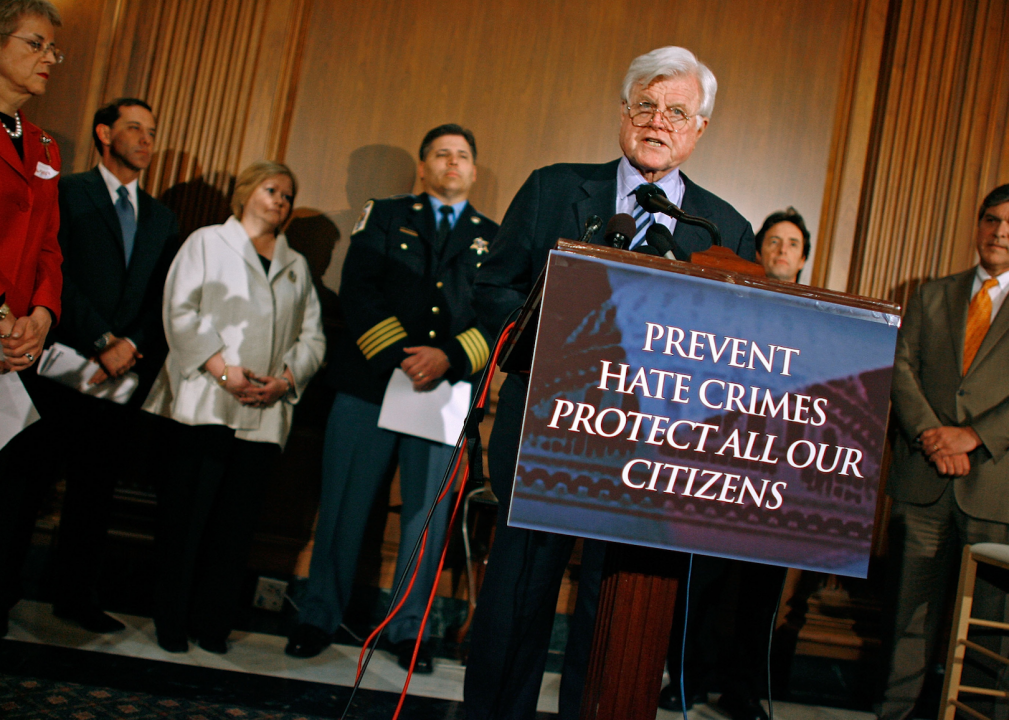
Chip Somodevilla // Getty Images
2009: Hate Crimes Prevention Act
Then-President Barack Obama enacted the Matthew Shepard and James Byrd, Jr., Hate Crimes Prevention Act to give the U.S. Department of Justice additional funding to investigate and prosecute hate crimes. This includes crimes committed based on a victim’s race, sexual orientation, or gender identity. Some activists, however, feel the law did not do enough to increase prosecution of crimes against LGBTQ+ people.
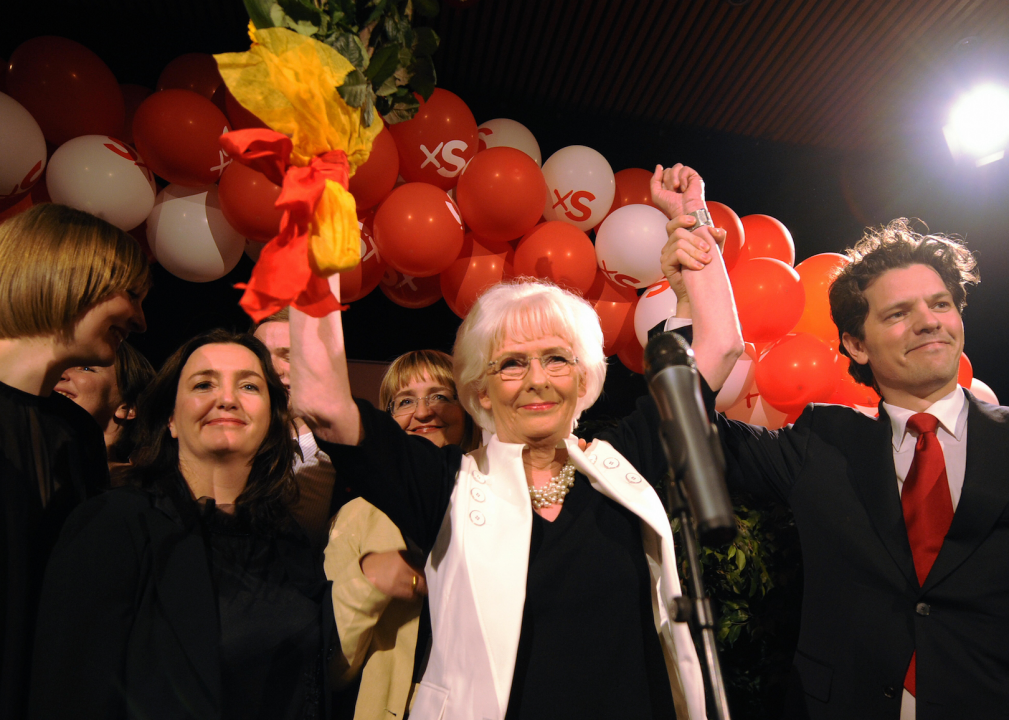
OLIVIER MORIN/AFP // Getty Images
2010: Same-sex marriage legal in Iceland
After same-sex marriage became legal in Iceland, the country’s openly lesbian prime minister wed her long-time partner. Jóhanna Sigurðardóttir and Jónína Leósdóttir were previously in a civil union. That same year, same-sex marriage became legal in Portugal and Argentina.
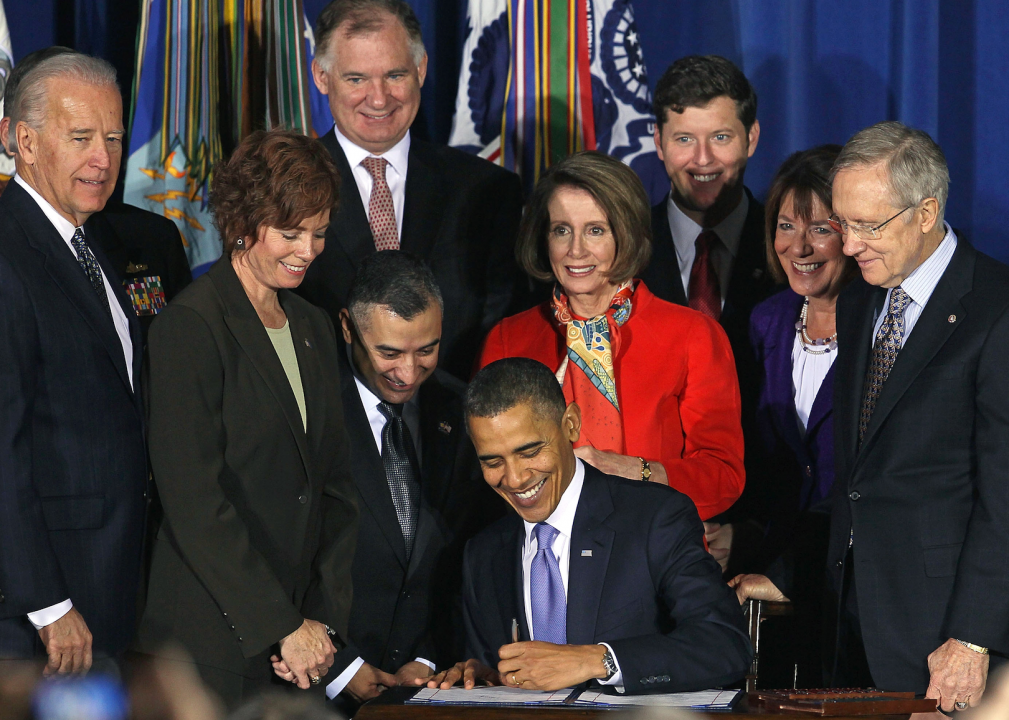
Mark Wilson // Getty Images
2011: ’Don’t ask, don’t tell’ repealed
At 12:01 a.m. on September 20, 2011, “don’t ask, don’t tell” was no longer in effect. Then-President Barack Obama signed a law repealing the policy in December 2010. The decision allowed gay and lesbian troops to serve openly in the military.
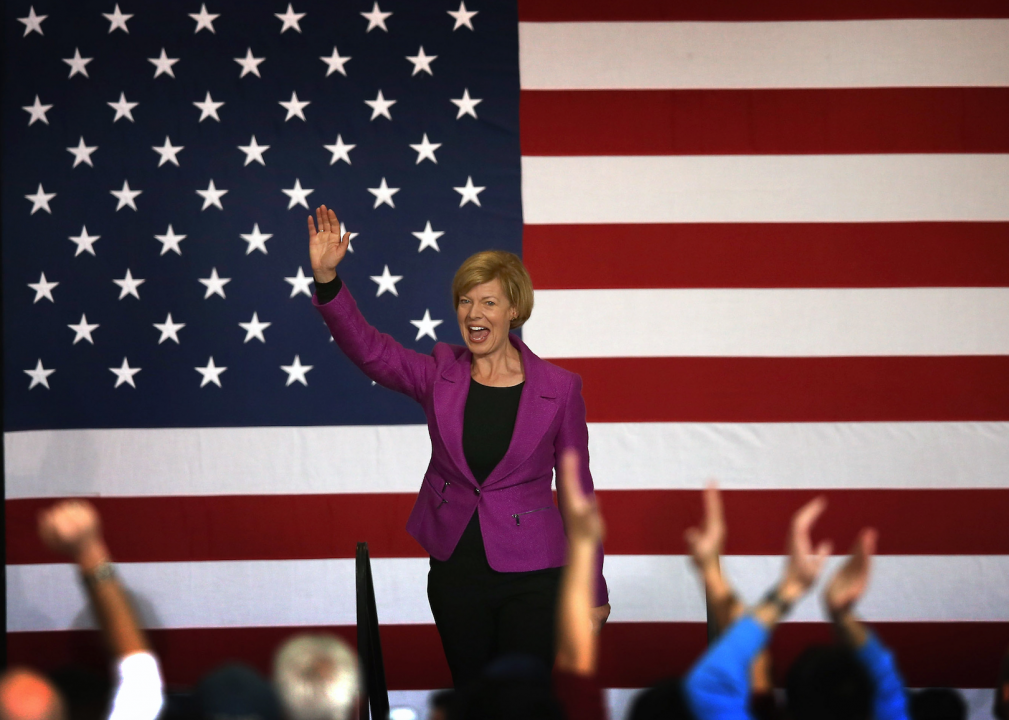
Scott Olson // Getty Images
2012: First openly LGBTQ+ senator
Wisconsin’s Tammy Baldwin became the first openly gay or lesbian senator in 2012. Before heading to the Senate, Baldwin served as one of only four openly gay members of the House.
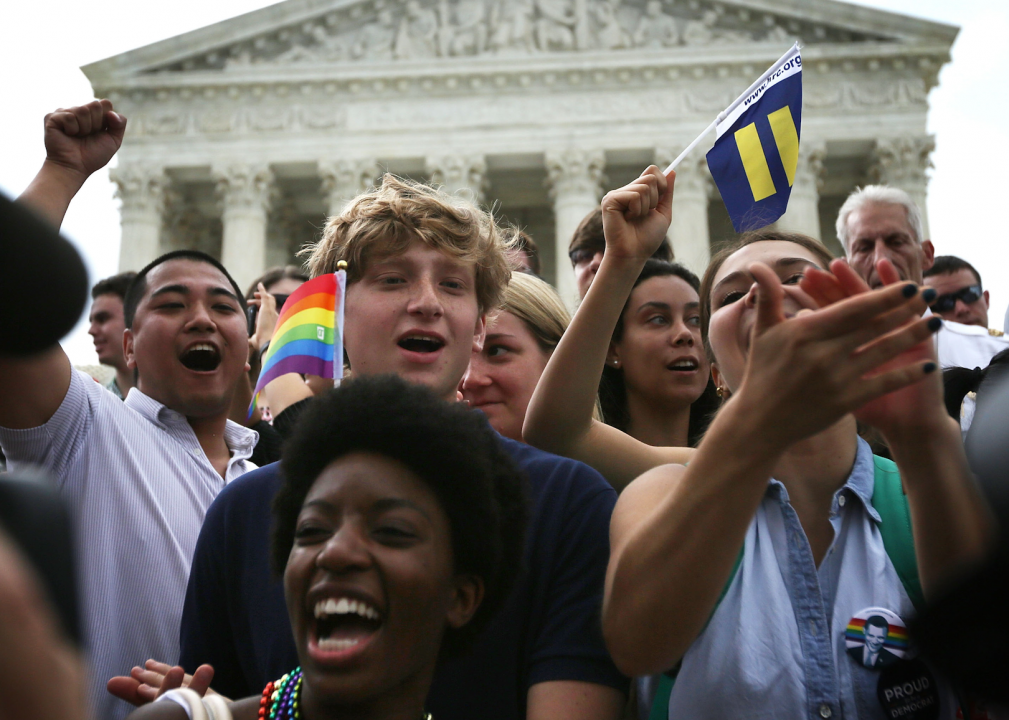
Alex Wong // Getty Images
2013: Supreme Court recognizes same-sex marriage
In a 5-4 ruling, the Supreme Court held that the Defense of Marriage Act—which stated that marriage could only be between a man and a woman—was unconstitutional. They also decided not to hear a case about Proposition 8, the California ballot measure that banned same-sex marriage. This paved the way for nationwide marriage equality, which would come two years later.
You may also like: Youngest and oldest presidents in US history

JEWEL SAMAD/AFP // Getty Images
2014: Transgender students get federal protection
Under the Obama administration, the Department of Education extended Title IX coverage to transgender students. The civil rights law bans sex discrimination in schools or activities that are funded by the federal government. The Trump administration aimed to roll back trans protections and include only people who identify with the gender they were assigned at birth in the legislation.
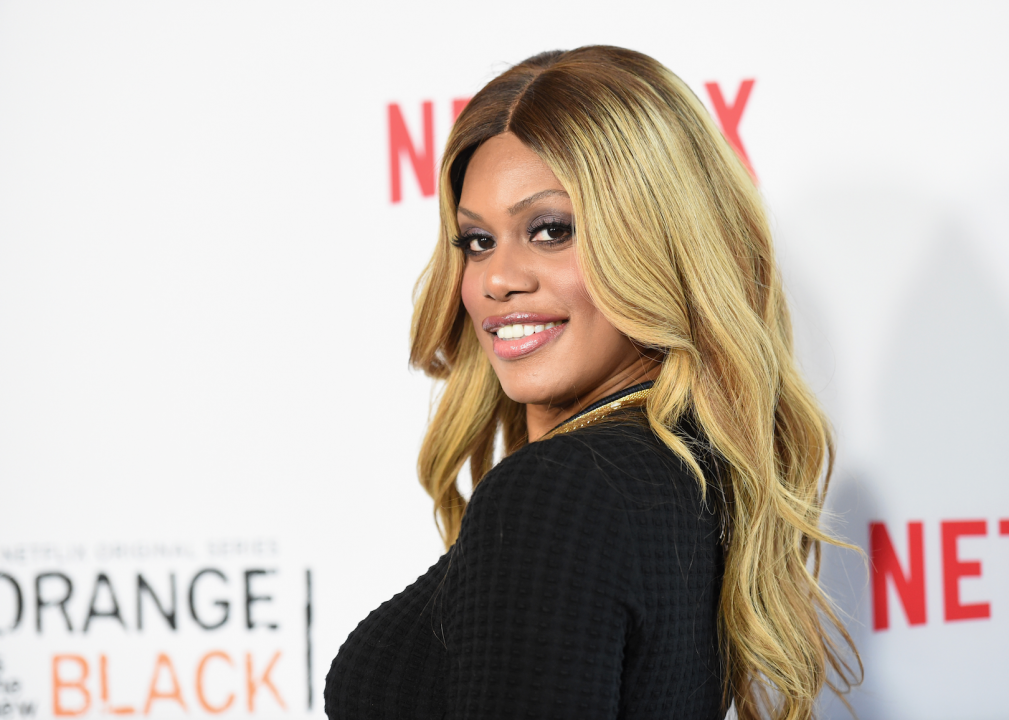
Jason Merritt // Getty Images
2014: First transgender person nominated for Emmy
Transgender actress Laverne Cox became the first trans person nominated for an Emmy when she received the nod for her role in “Orange Is the New Black.” She also appeared on the cover of TIME the same year. Cox made history again in 2018 when she became the first openly trans person on the cover of Cosmopolitan magazine.
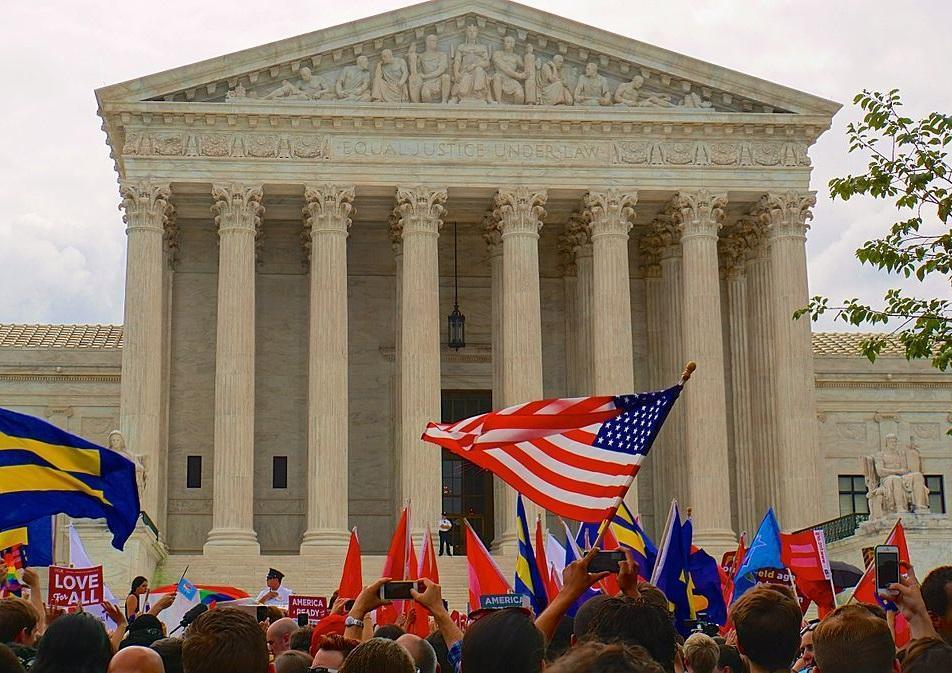
Ted Eytan // Wikimedia Commons
2015: U.S. legalizes same-sex marriage
On June 26, 2015, the U.S. Supreme Court historically ruled to legalize same-sex marriage in all 50 states. Justice Anthony Kennedy reasoned that the Constitution grants all couples “equal dignity in the eyes of the law.”
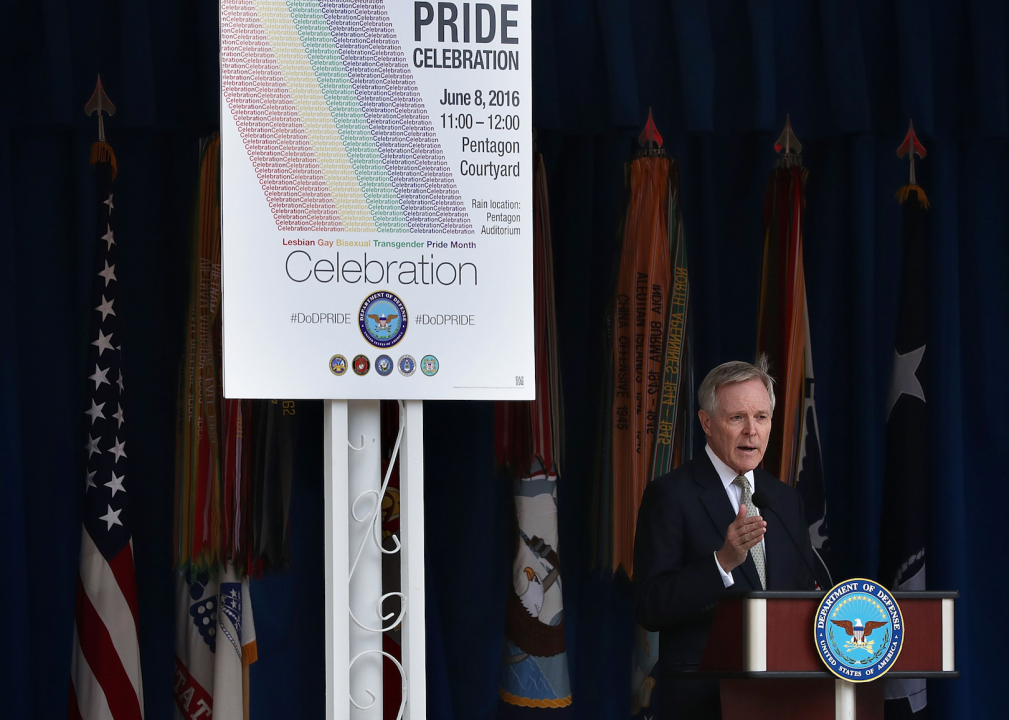
Alex Wong // Getty Images
2016: Ban lifted on transgender troops
In June 2016, the military lifted the ban on transgender troops. That same month, the Obama administration dedicated the Stonewall Inn as a national monument, the first LGBTQ+ site added to the National Parks System.
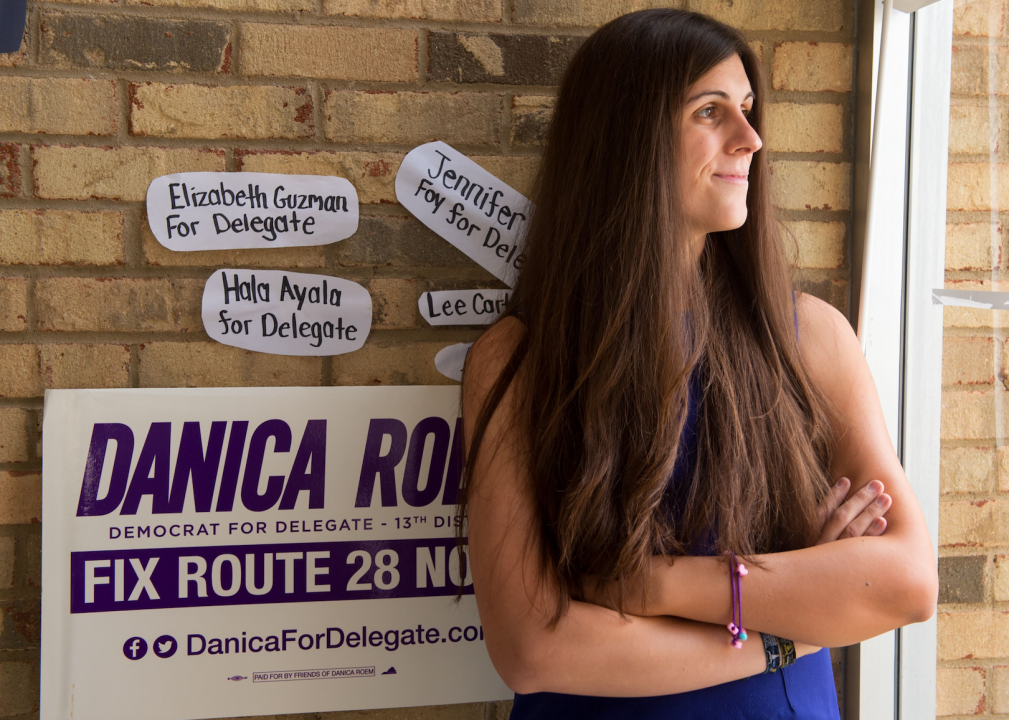
PAUL J. RICHARDS/AFP // Getty Images
2017: First openly transgender state legislator elected
Virginia voters made history in 2017 when they elected transgender candidate Danica Roem to their state legislature. That same year, then-President Donald Trump announced that the military would no longer accept transgender troops because of “tremendous medical costs and disruption.”
You may also like: US cities with the cleanest air
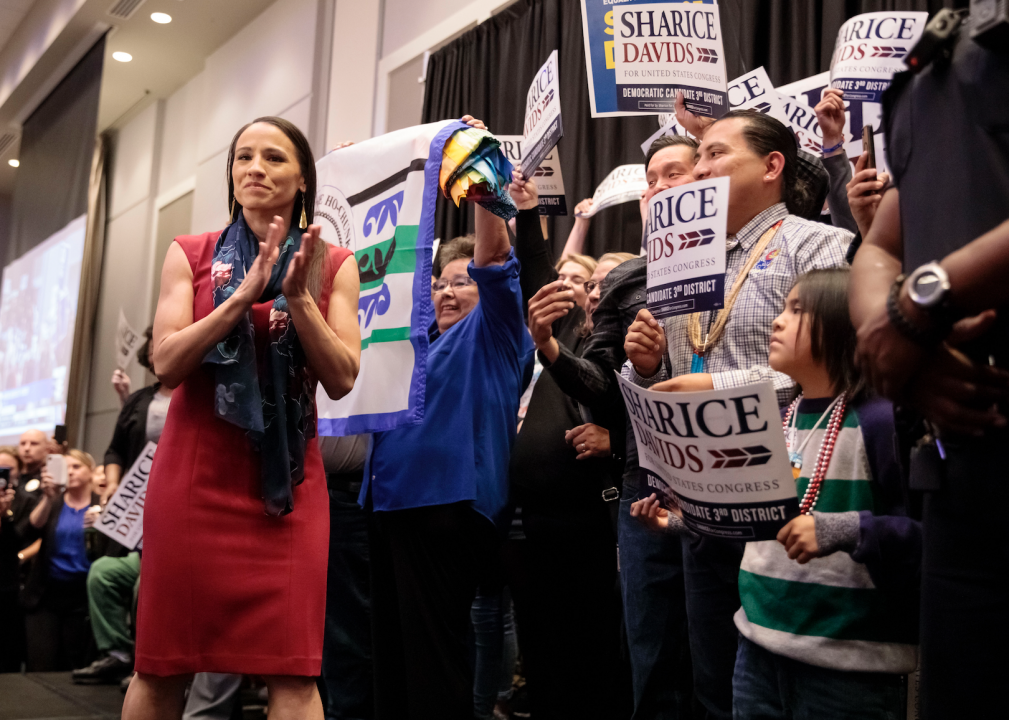
Whitney Curtis // Getty Images
2018: ’Rainbow wave’ in politics
Voters elected more than 150 LGBTQ+ politicians to office in 2018. Among the history-makers at the time were Jared Polis, the openly gay governor of Colorado; U.S. Rep. Sharice Davids, a Native American lesbian representing Kansas; and Malcolm Kenyatta, the first gay Black man elected to the Pennsylvania legislature.
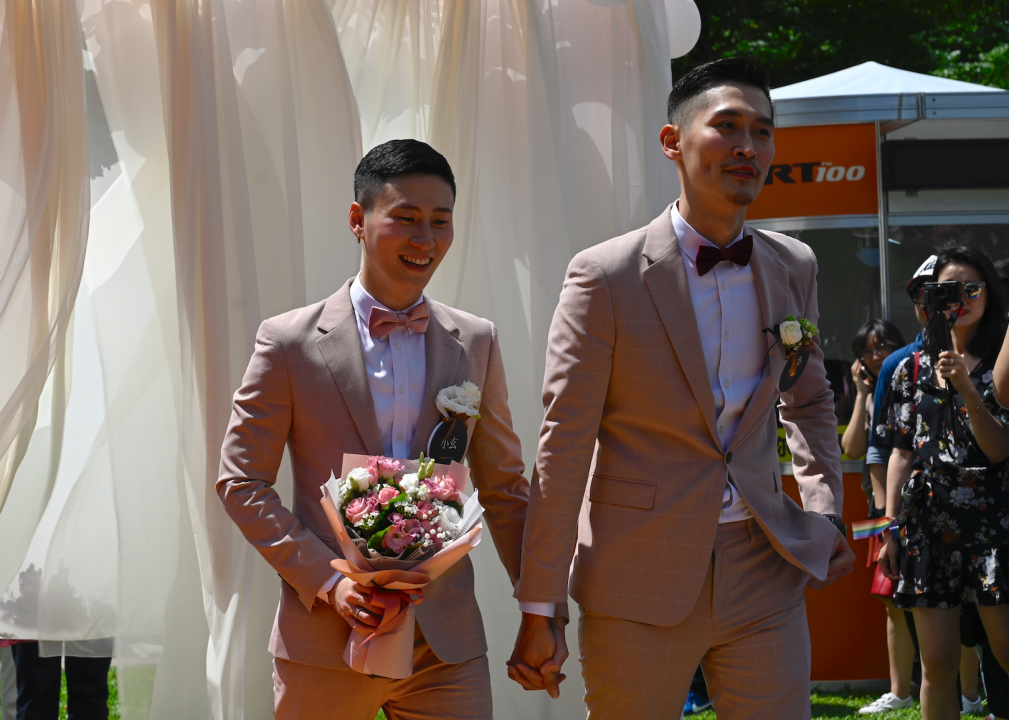
SAM YEH/AFP // Getty Images
2019: Taiwan passes same-sex marriage
Taiwan became the first Asian country to legalize same-sex marriage. Only a year before, lawmakers voted to deny the right to same-sex couples.
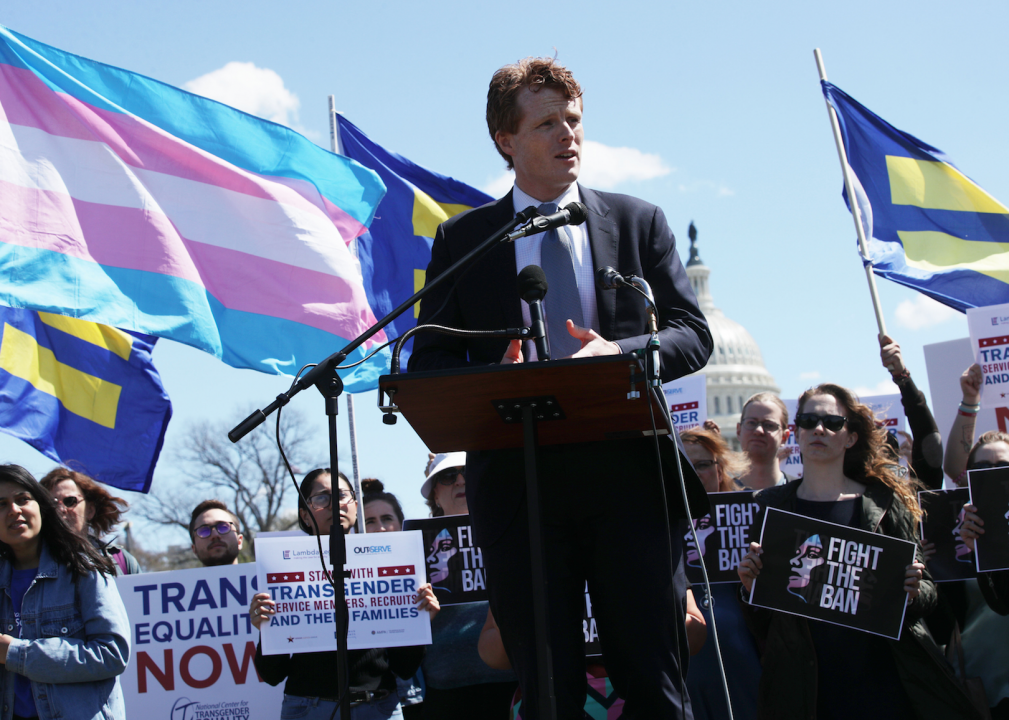
Alex Wong // Getty Images
2019: Transgender troops banned from military
Then-President Donald Trump’s restrictions on transgender people in the military went into effect on April 12, 2019. While the administration claims there is no ban, transgender troops are required to serve as the gender they were assigned at birth. Service members will receive a diagnosis of gender dysphoria if they admit they are transgender, which is grounds for dismissal. If a troop’s commander suspects they are transgender, they may be forced to reveal their status.

John Gress Media Inc // Shutterstock.
2019: Mayor Pete runs for president
Democrat Pete Buttigieg is the second openly gay man to run for president of the United States. (In 2012, Fred Karger, a lesser-known Republican, became the first.) Buttigieg, who entered the Navy Reserves under “don’t ask, don’t tell,” has gained momentum since his bid.
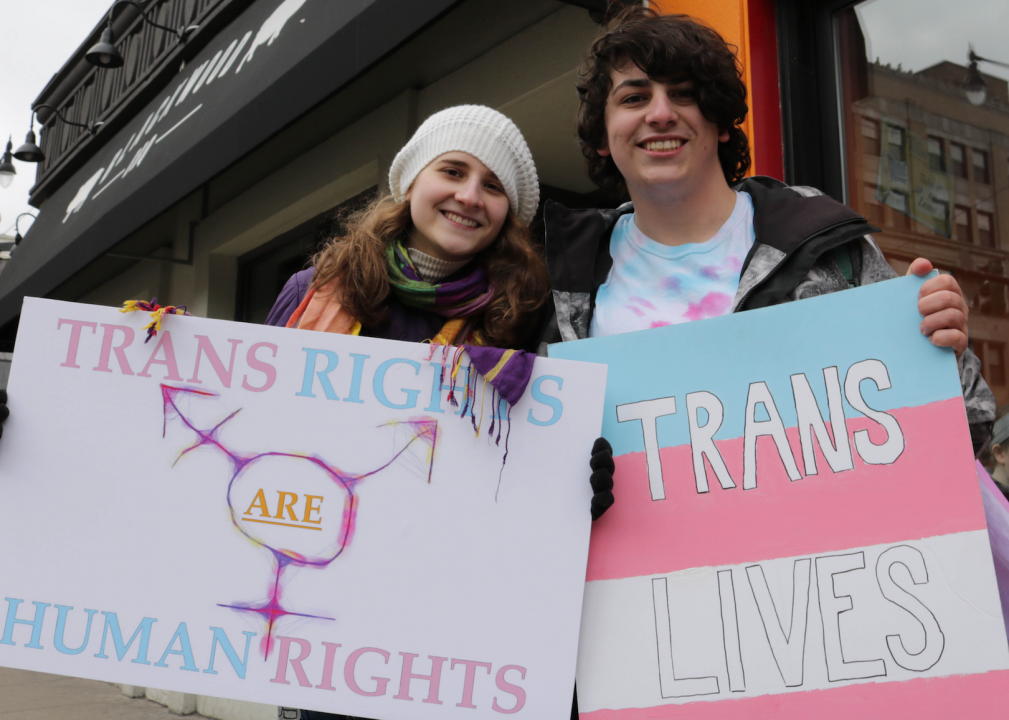
DEREK R. HENKLE/AFP // Getty Images
2019: Being transgender no longer a ‘disorder’
The World Health Organization (WHO) no longer considers being transgender a mental illness. The WHO removed “gender identity disorder” from the International Classification of Diseases, which is a global manual for diagnosing mental illness. The update may help put an end to the practice of forcing transgender people to get surgery and forced sterilization in order to legally change their gender.
Gotham // Getty Images
2020: NYC Pride March canceled by coronavirus
For the first time since its inception, the NYC Pride March was canceled out of an abundance of safety and due to social distancing guidelines amid the coronavirus pandemic. Other events around the globe were similarly canceled. But that hardly means Pride Month was off—instead, virtual events have since become common during the month of June to celebrate the historic milestones of the LGBTQ+ movement and to observe the battles still being fought for equal rights today.
You may also like: Countries that have mandatory voting
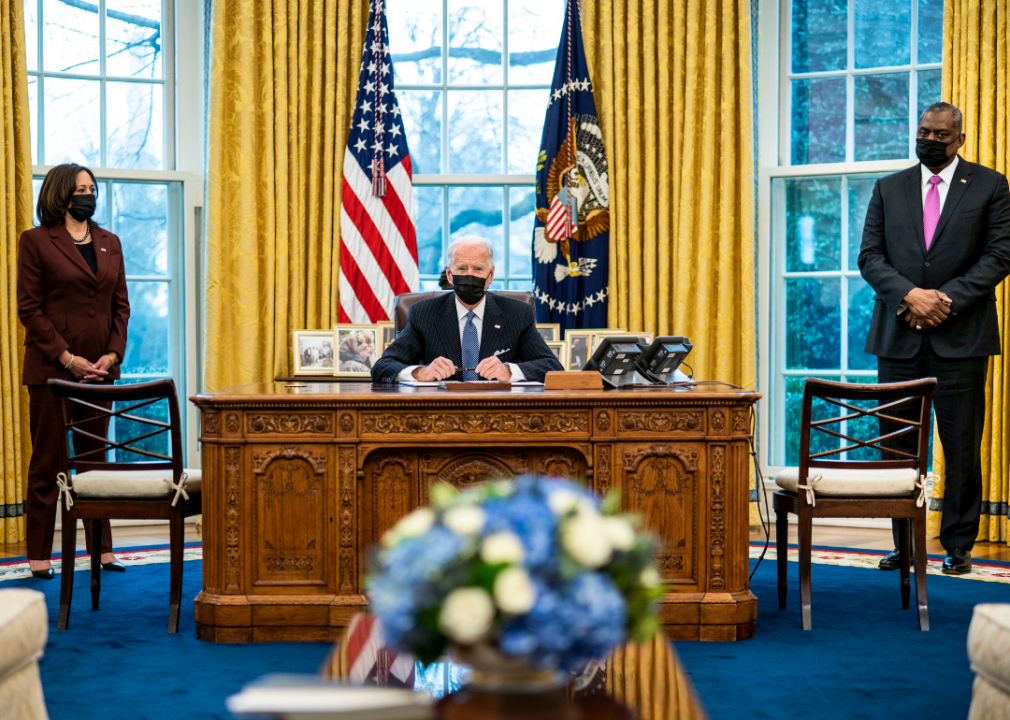
Doug Mills-Pool // Getty Images
2021: Biden reverses Trump-era ban on transgender people in the military
Just five days after taking office, President Joe Biden signed an executive order that overturned the previous administration’s ban on transgender people in the military. Before the ban in 2017, it was estimated 2,450 service members were transgender, with about 0.1% of the total force seeking gender-related treatments. The Trump administration deemed gender-affirming care too expensive for the military to budget when in actuality it would only increase military spending by 0.04% to 0.13%.
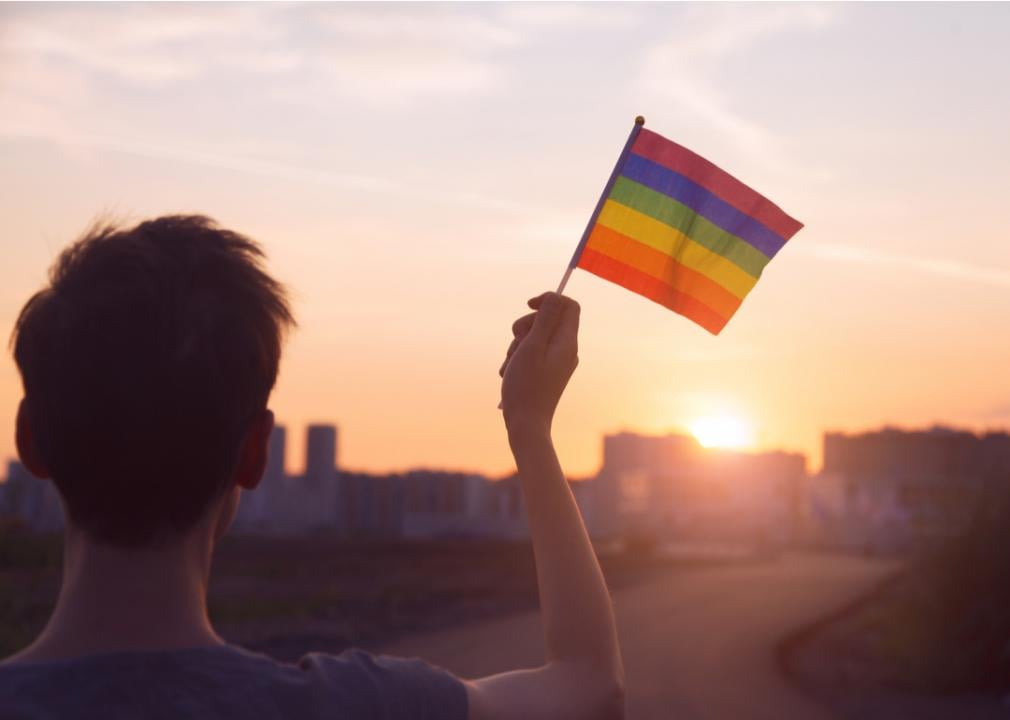
Alina Kruk // Shutterstock
2021: Gender-affirming care for minors is blocked—then overturned
A law passed in Arkansas banned physicians in the state from providing gender-affirming health care to minors—even with parental consent. Trans children in the state were immediately unable to access trans-related health care, health care which has been proven to lower the risk of suicide among transgender youth. In July 2021, following a court case filed by the American Civil Liberties Union (ACLU) spurred by protests and activists, the bill was overturned and gender-affirming care was once again accessible for minors.
Across the pond, in December 2020, the U.K.’s High Court ruled transgender children under the age of 16 could not consent to receive trans-affirming health care. Trans youth seeking medical treatment needed to consult a judge before receiving care. The National Health Service (NHS) appealed the decision and won in September 2021. Roughly 2,400 children a year in the U.K. seek gender-affirming health care through the NHS, making this overturned case paramount for a significant number of minors.
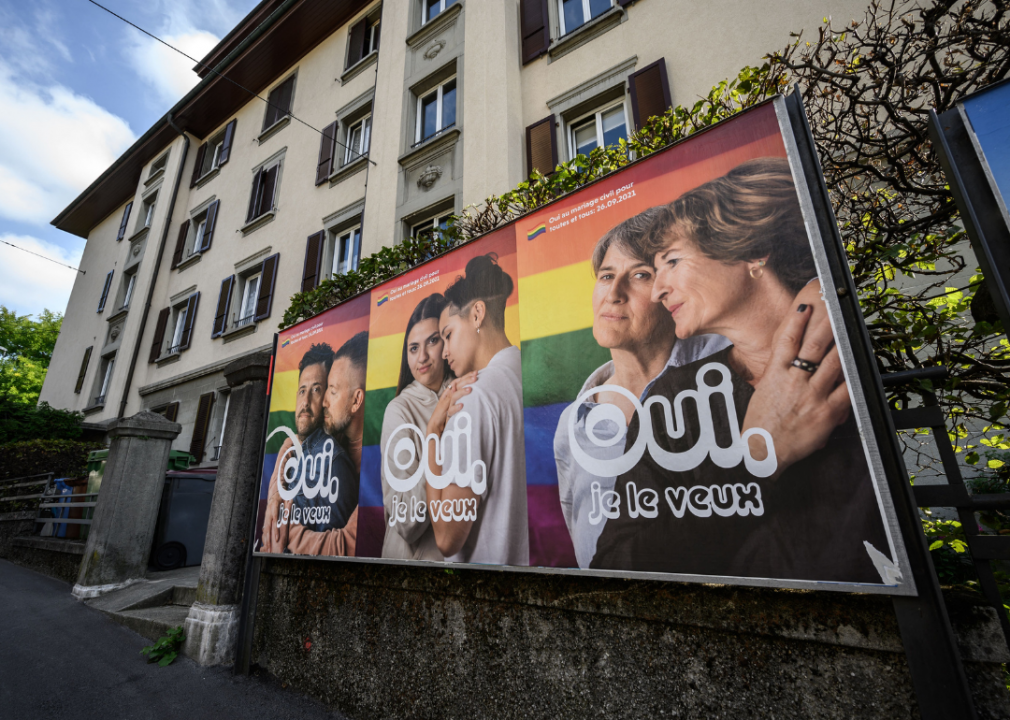
FABRICE COFFRINIAFP // Getty Images
2021: Switzerland and Japan make strides toward marriage equality
In September 2021, a two-thirds majority in Switzerland voted to legalize gay marriage in a referendum vote. This referendum also extended family rights for same-gender couples, allowing them to adopt children and permitting couples of two women to have children through sperm donation. The new ruling will be enforced in July 2022. Switzerland is one of the last Western European countries to legalize same-sex marriage.
In Japan, the country inched closer to marriage equality in a ruling which claimed to bar same-sex marriage was unconstitutional. Gay marriage is not yet legal in Japan, but this ruling will likely set a precedent for future legislation.


